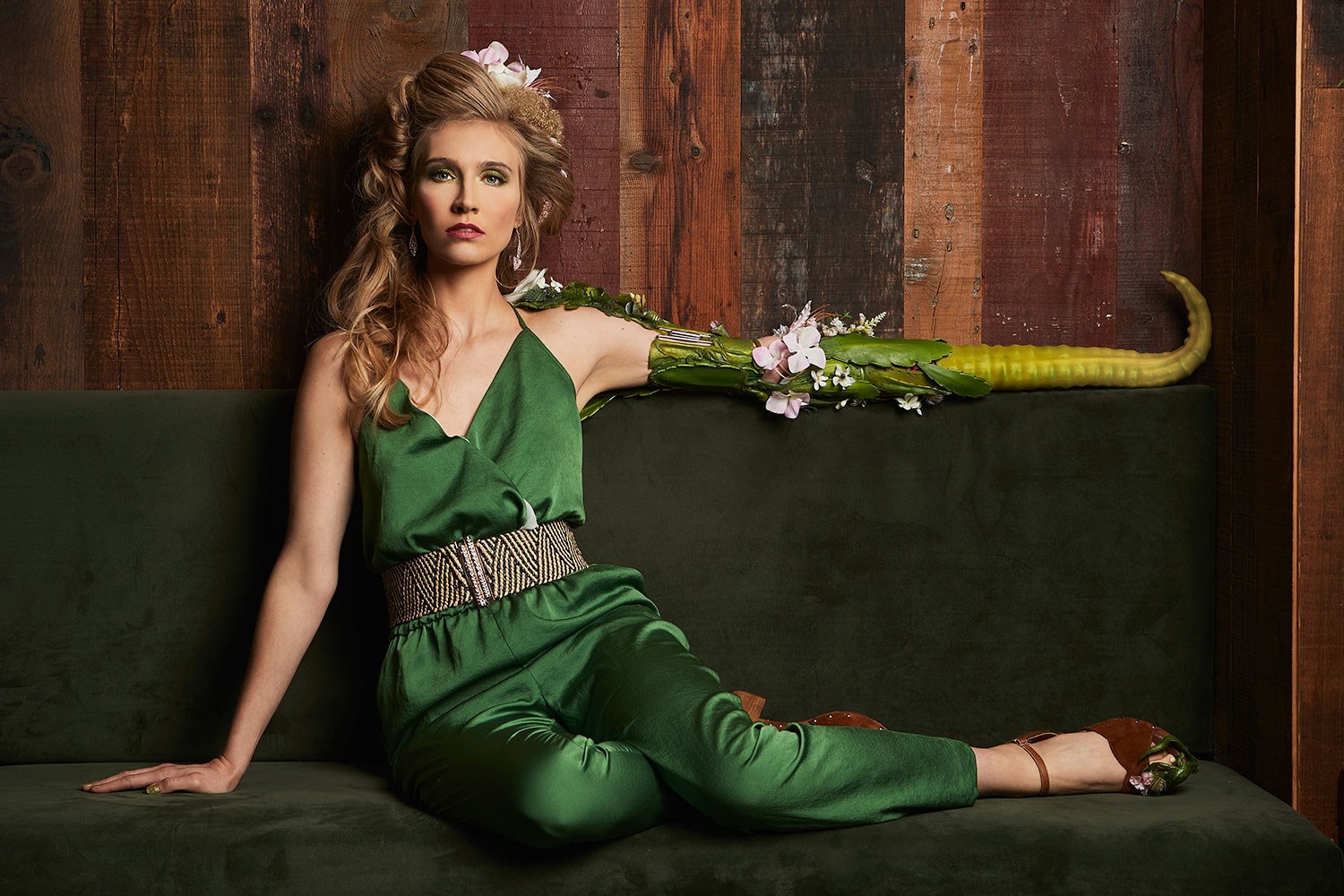Key in a search term below to search our website.
Key in a search term below to search our website.
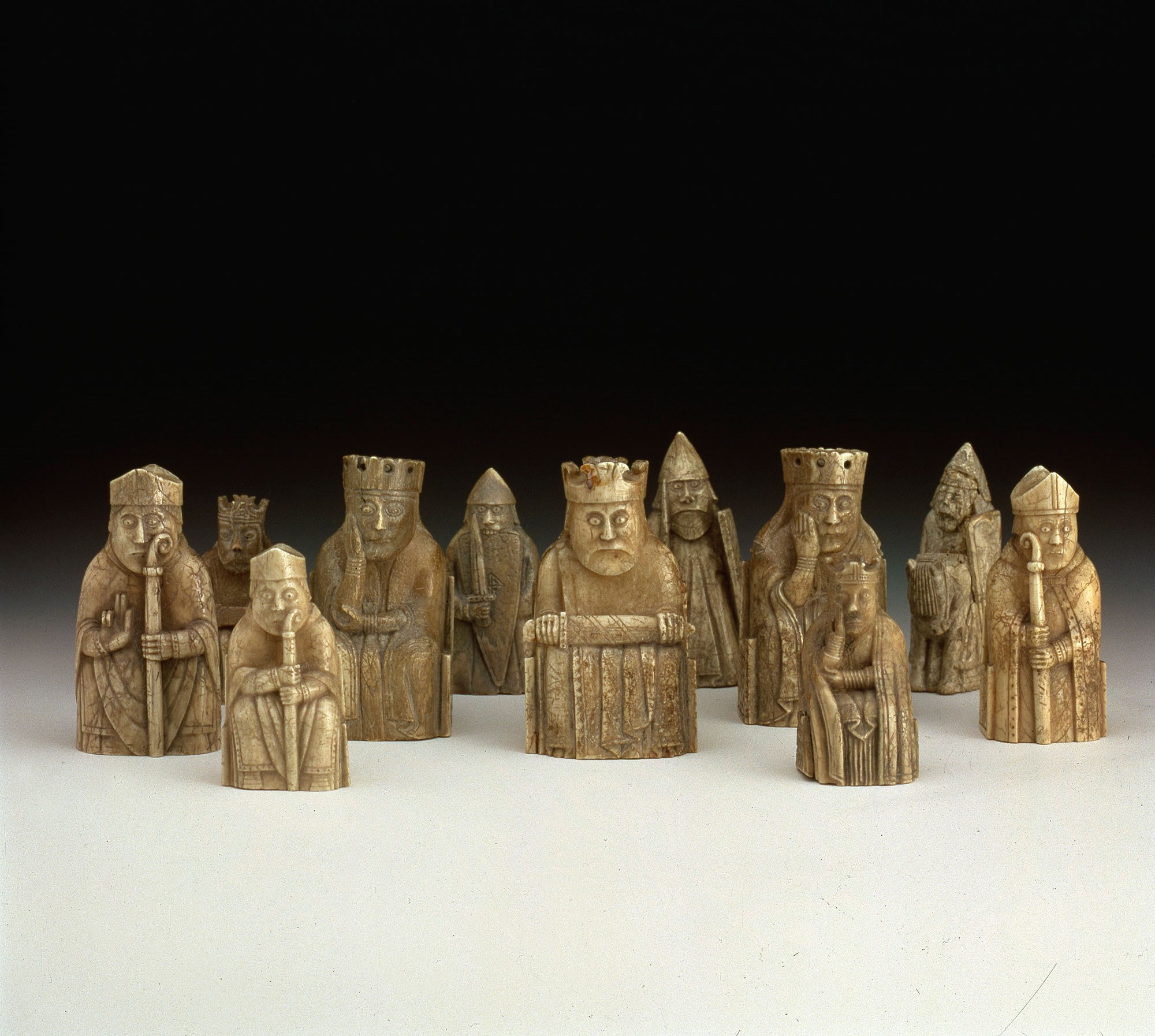
These medieval chess pieces from the Scottish island of Lewis are among our most popular collections. They give us fascinating insights into the international connections of western Scotland and the growing popularity of chess in medieval Europe.
View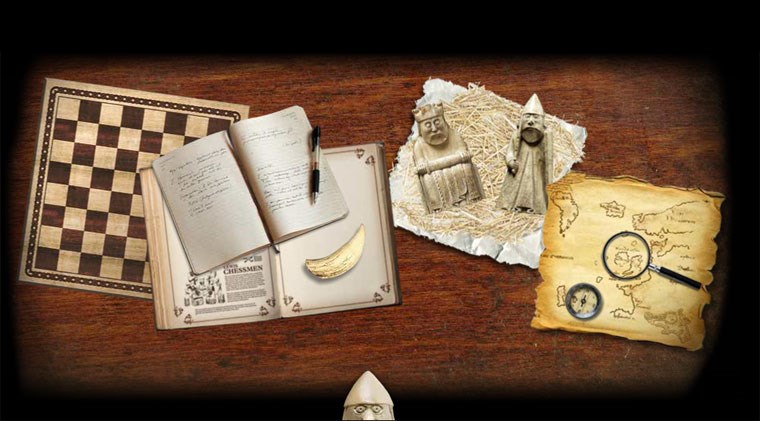
Welcome to the world of the Lewis chess pieces! Discover all there is to know about these mysterious figures in this interactive resource.
View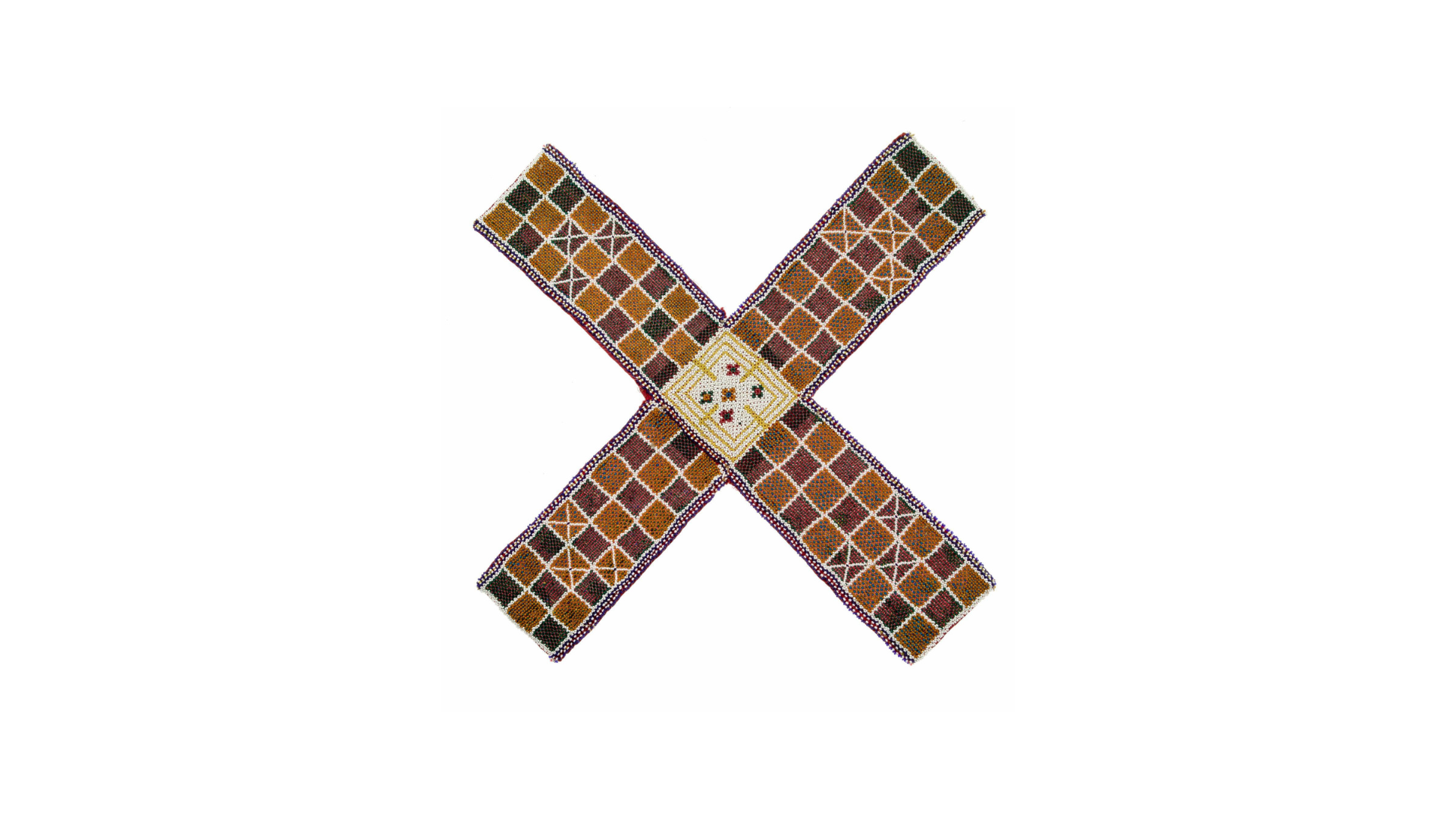
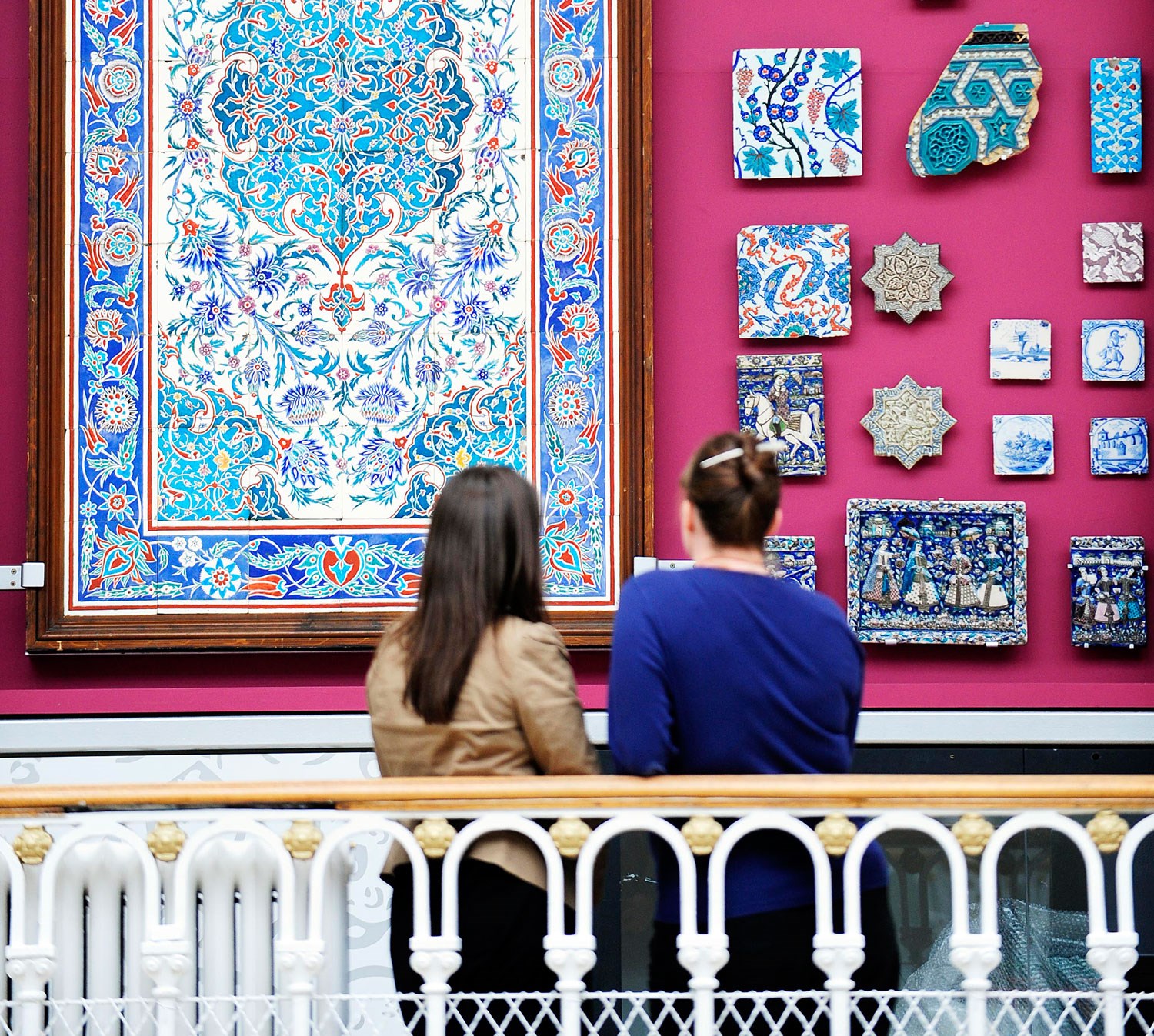
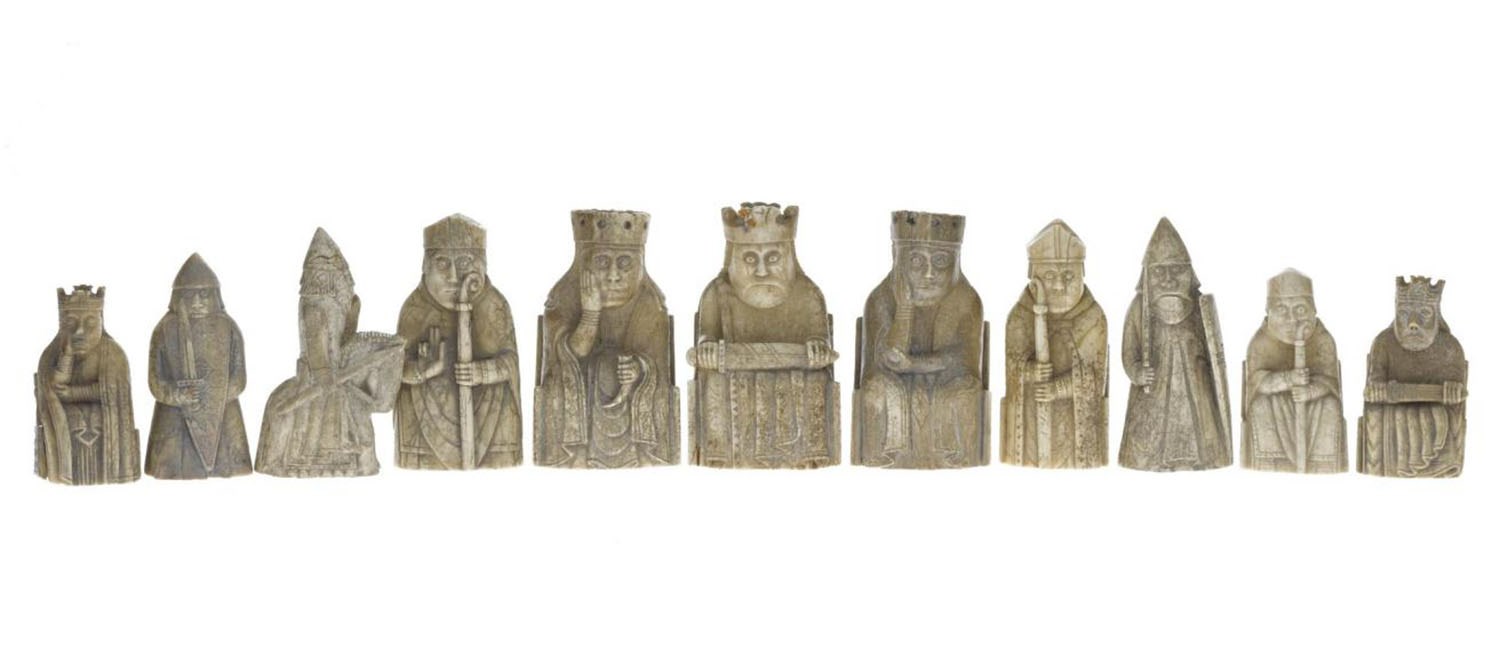
The Lewis chess pieces live in the National Museum of Scotland. Colour them in or cut out and make your own chess piece here.
View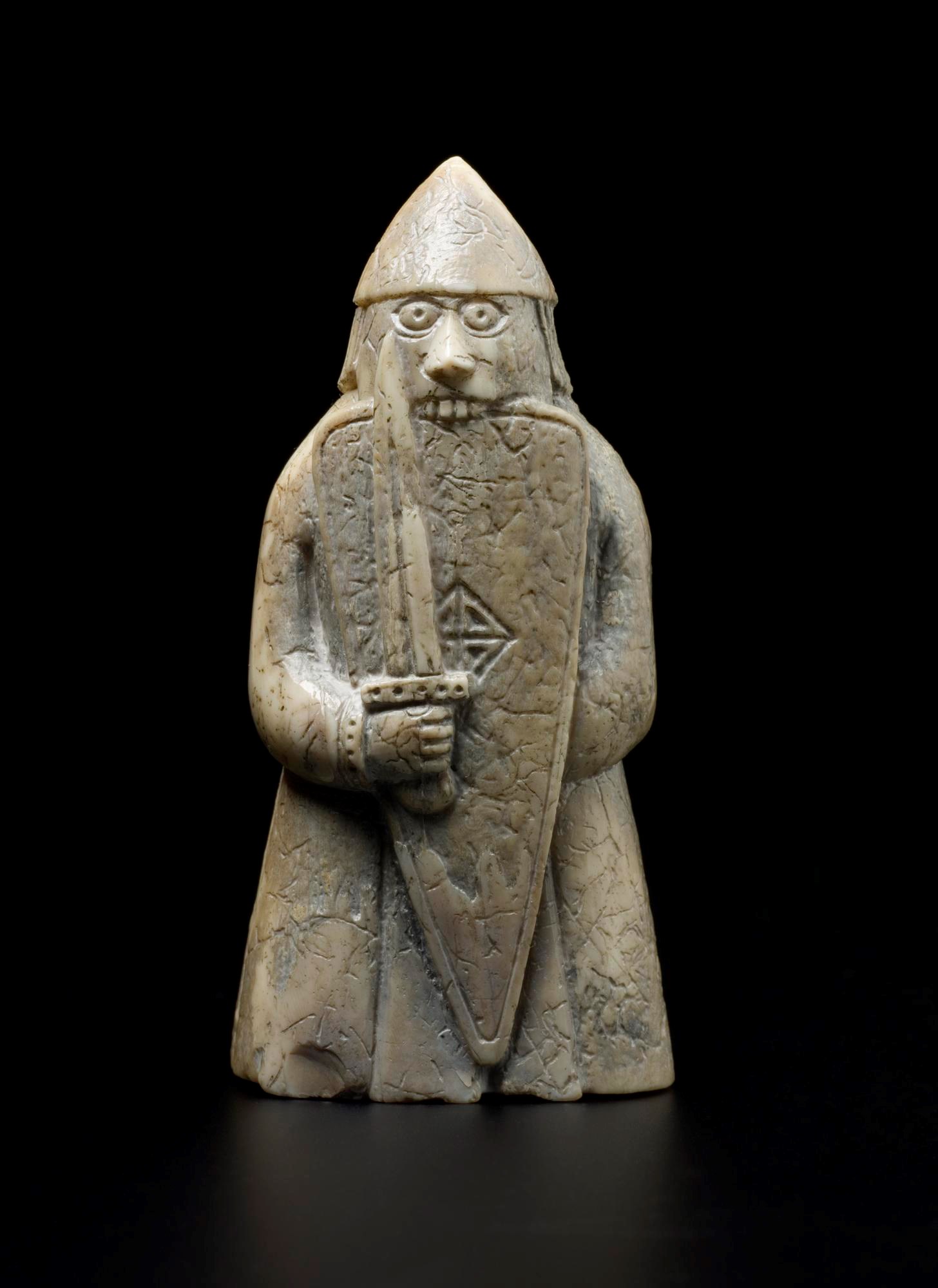
Join curator Lydia Prosser for a guided virtual tour of our Kingdom of the Scots gallery at the National Museum of Scotland.
View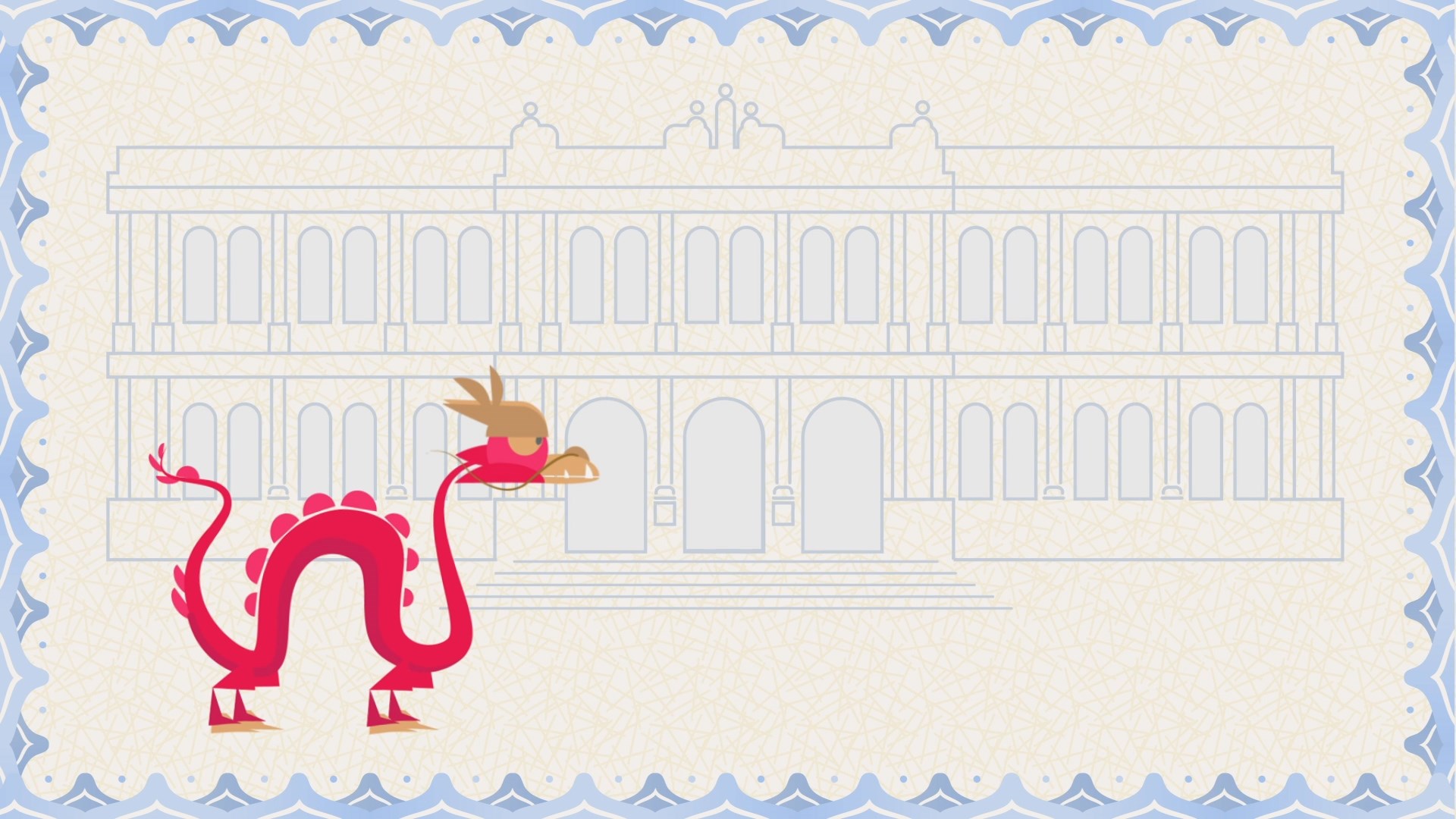
Explore a range of activities suitable for pupils working at Early, First and Second Levels including: - Mandarin - Writing a story - Maths and numeracy
View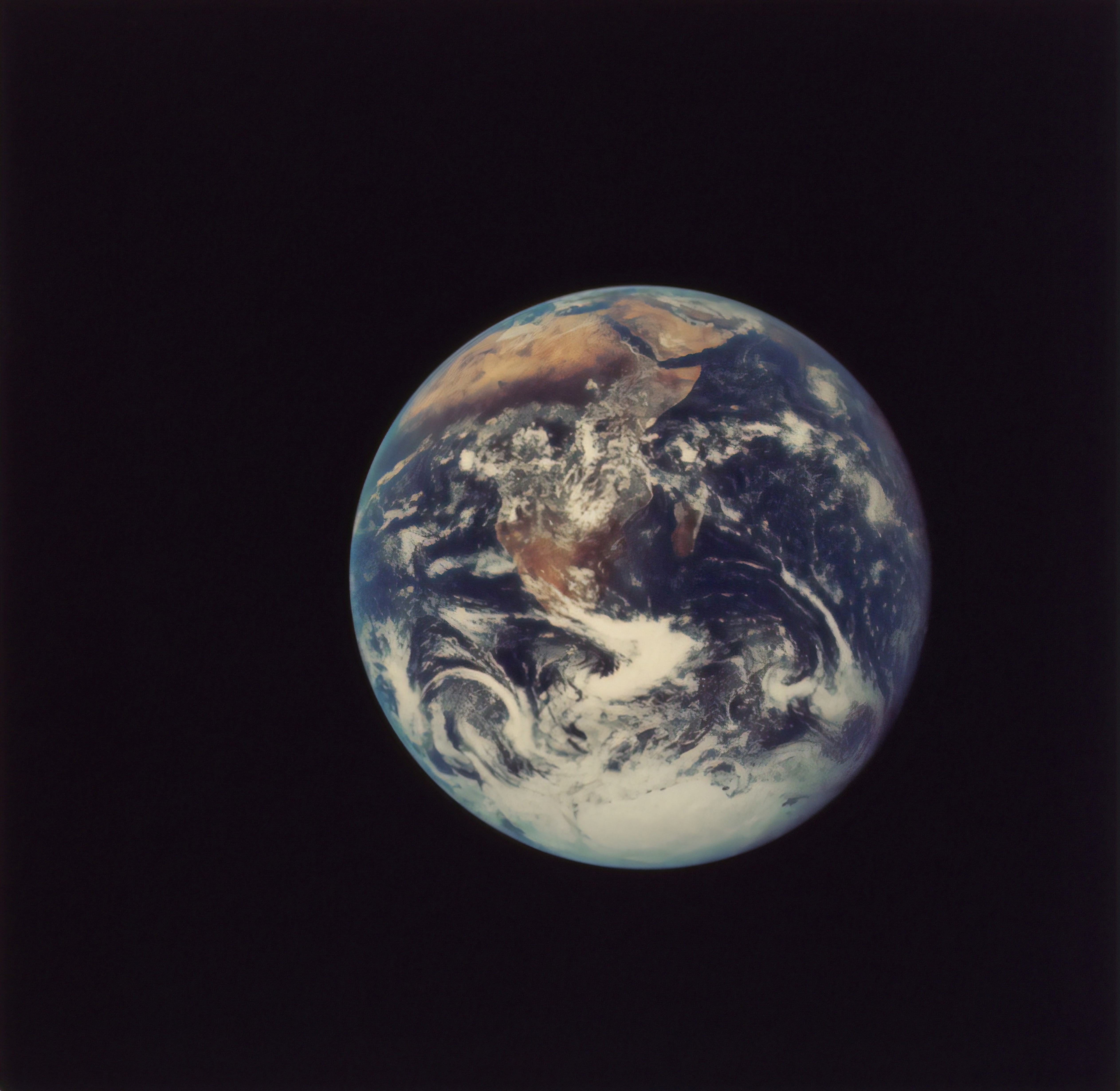
Investigate different aspects of life on Earth, through fascinating fossils, tools for turning the soil and pieces of art reflecting the devastating effects of pollution on our planet.
View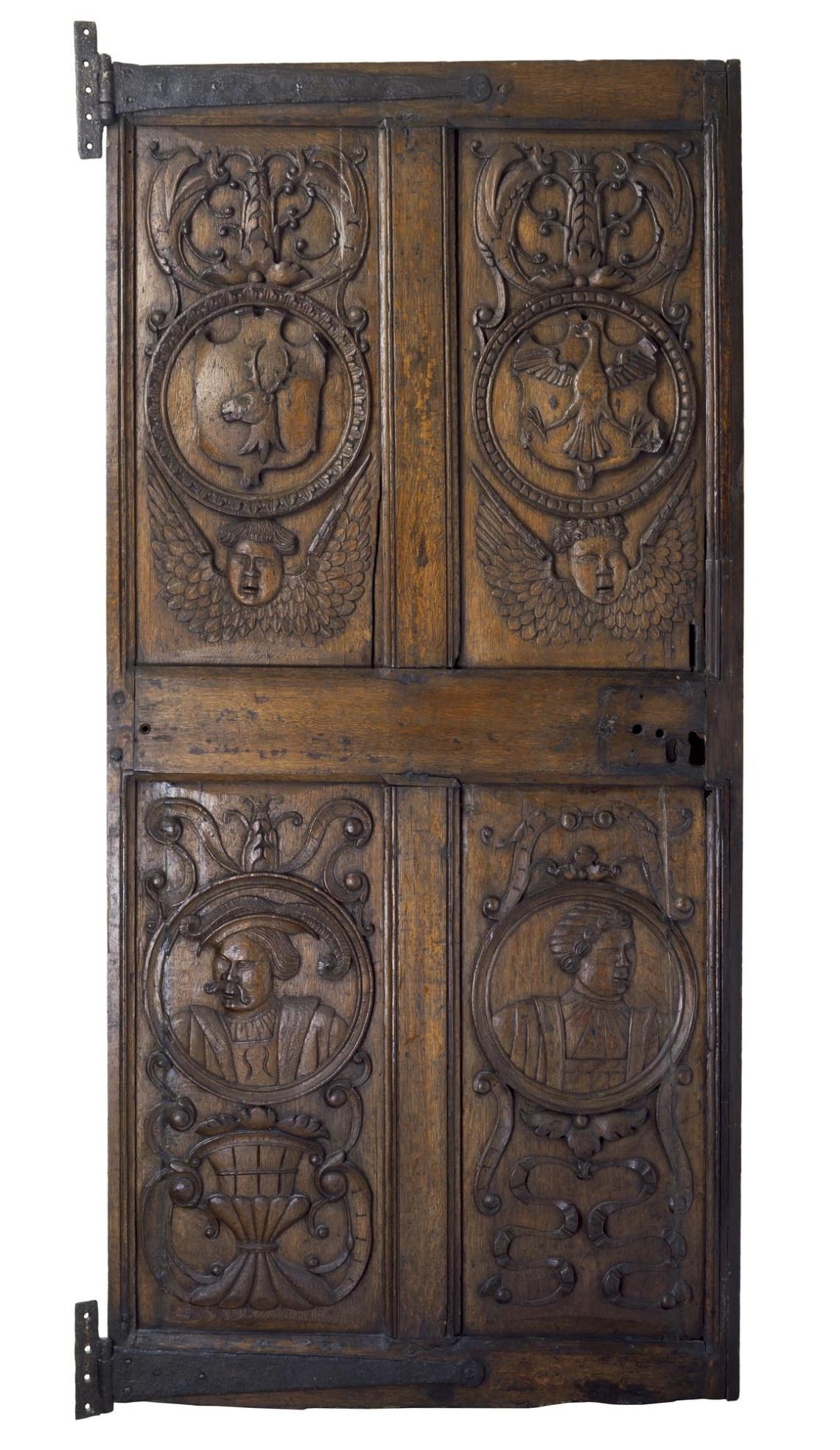
When medieval buildings in Blyth’s Close off Edinburgh’s Castlehill were demolished, these pieces - associated with Mary of Guise - were rescued.
View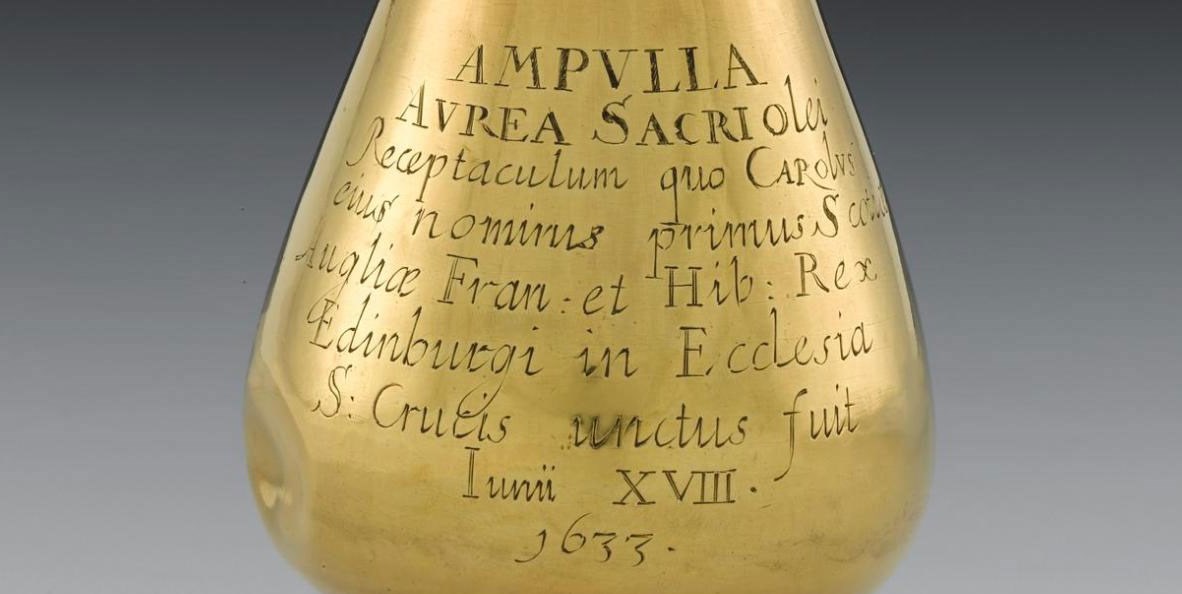
This curious object, one of the earliest surviving pieces of Scottish-made gold, was used at the Scottish coronation of Charles I, held some eight years after his coronation in London.
View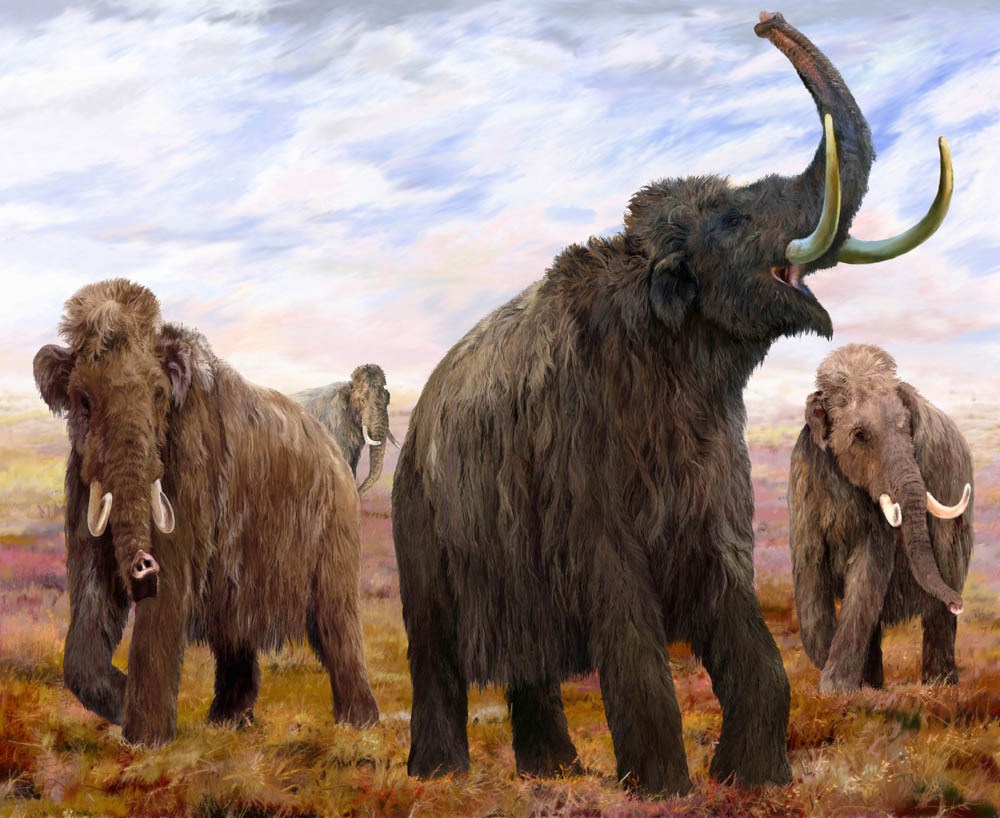
Two pieces of tusk in our collection show that some woolly mammoths made their home in Scotland, while another provides early evidence of mammoths in North America.
View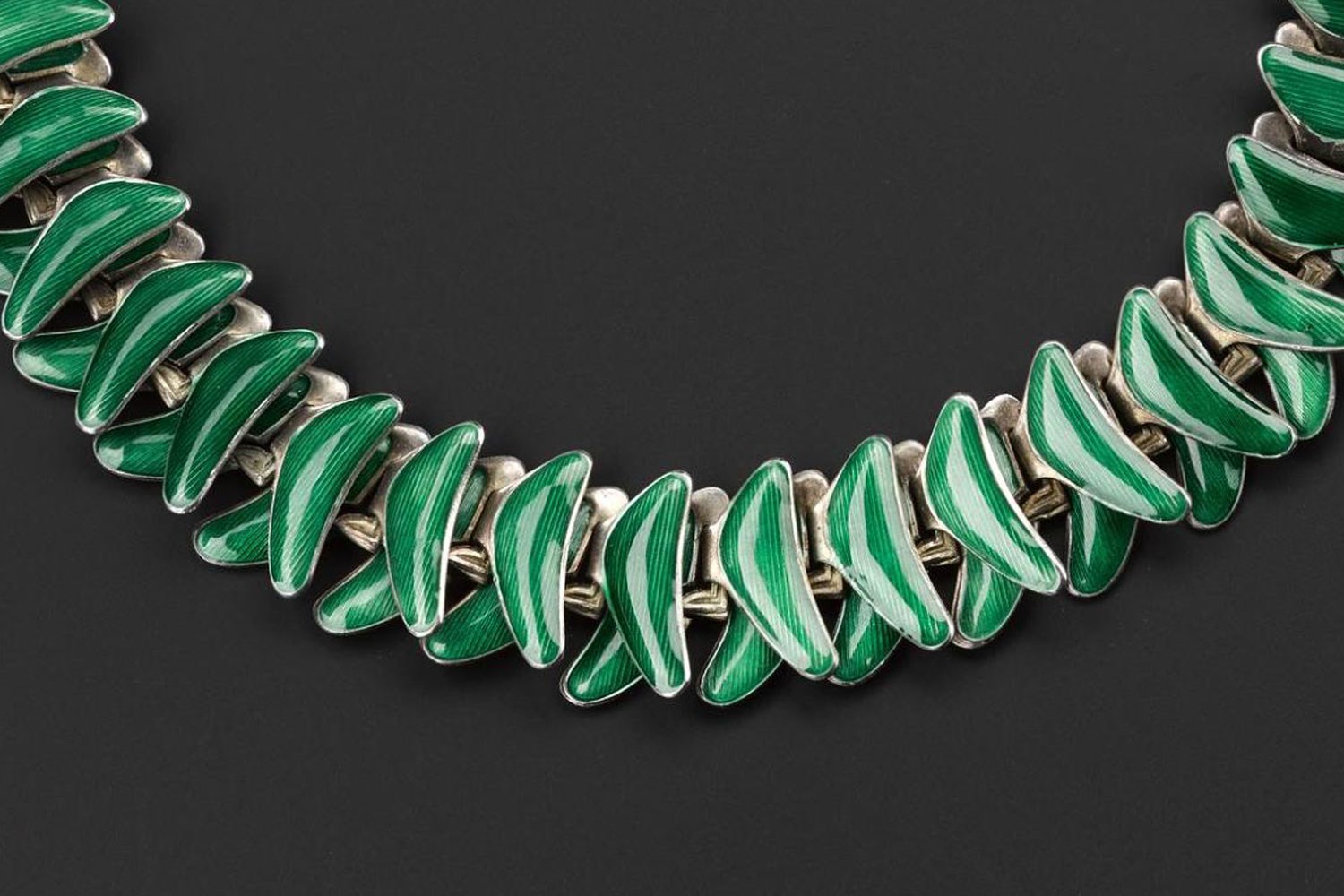
This necklace of interlinking geometric shapes came in three colour combinations of green, blue and white.
View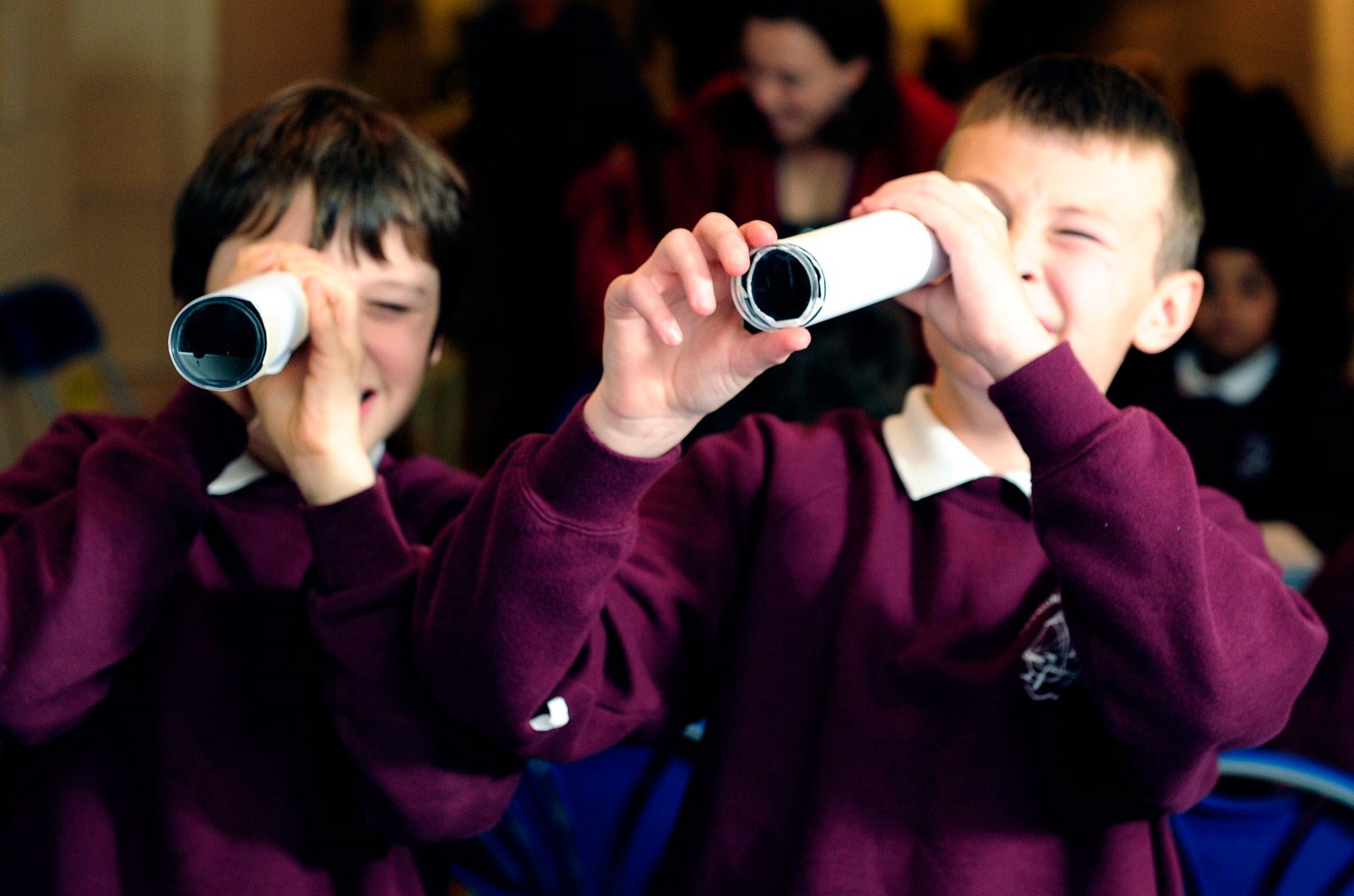
Get hands-on with craft ideas inspired by our collections.
View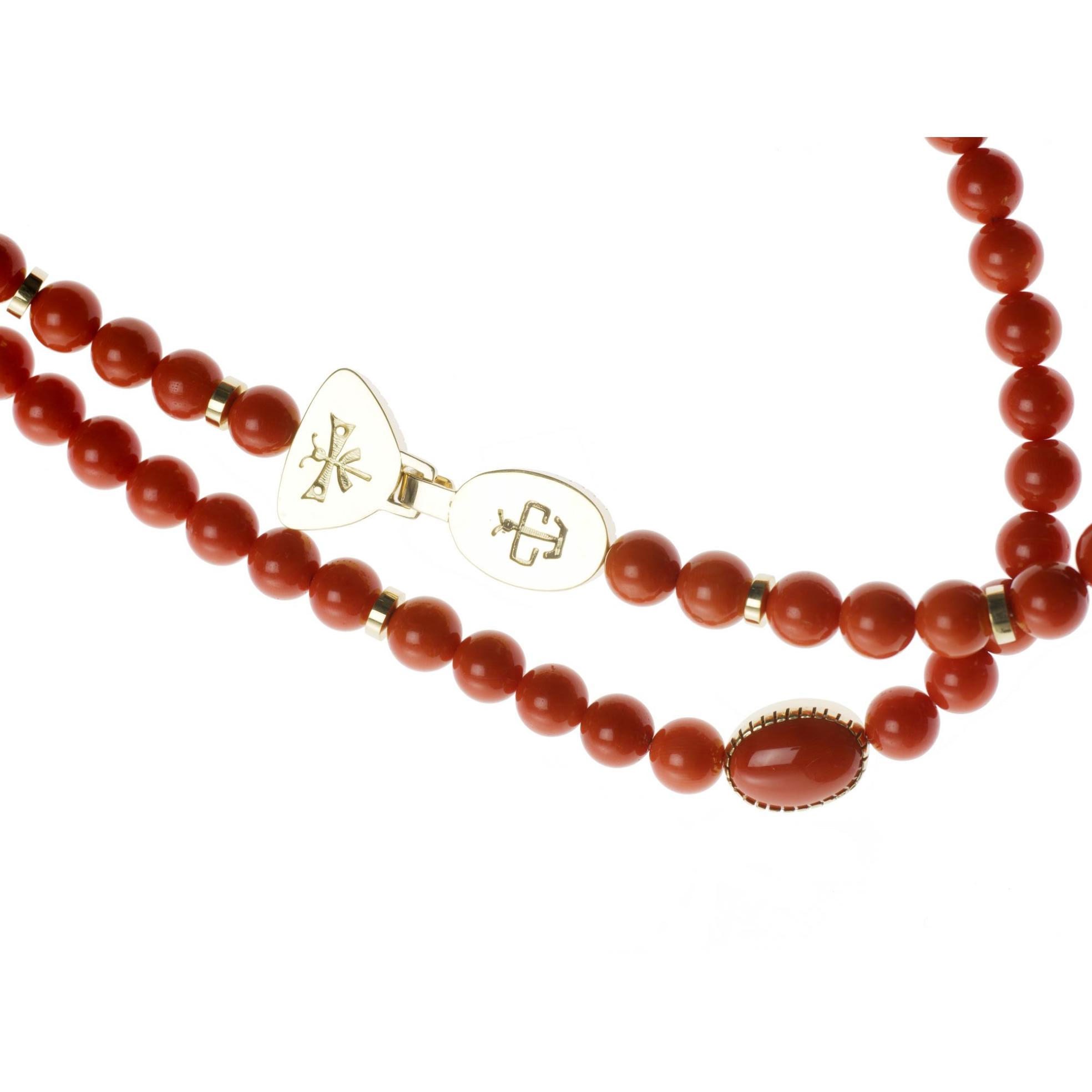
This opulent deep red coral and 18 carat gold necklace was created by Yazzie Johnson and Gail Bird.
View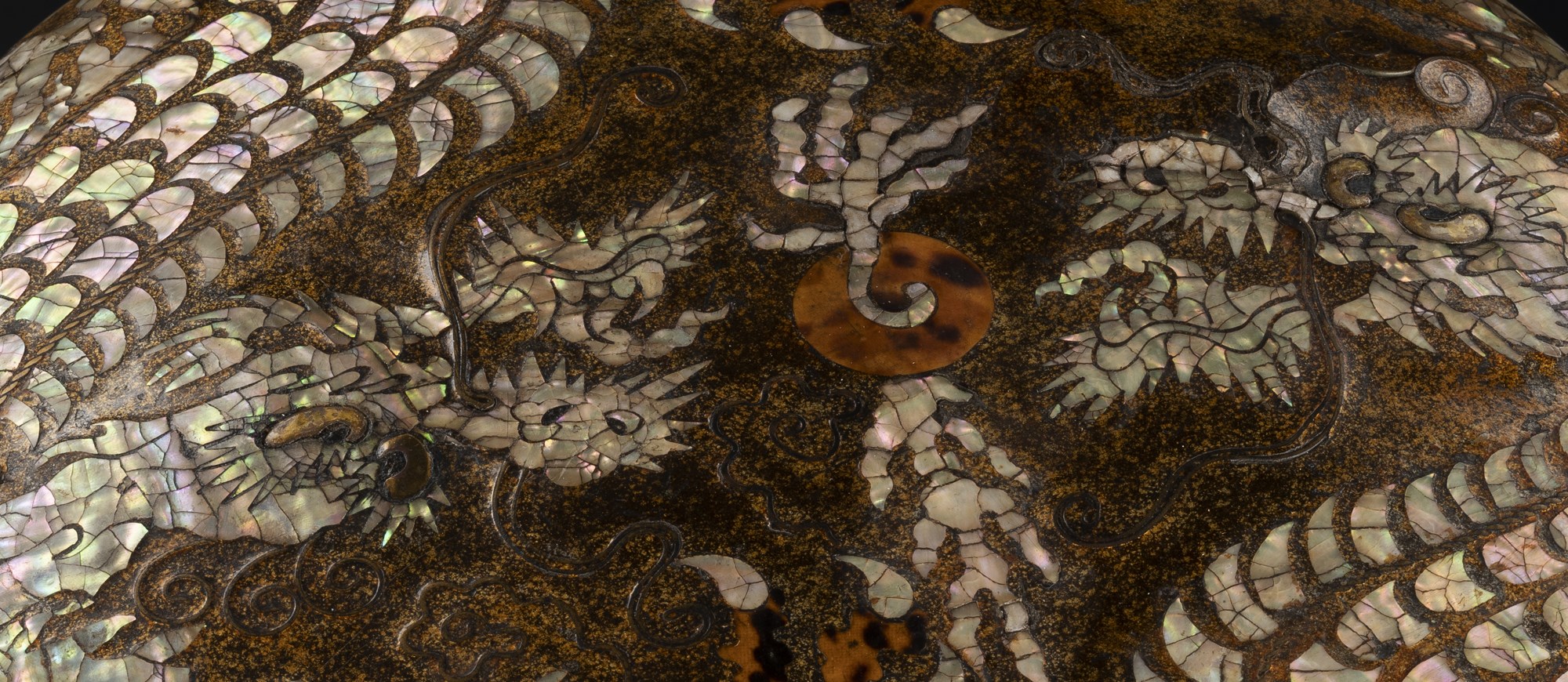
Two dragons wrap themselves around the exterior of this Korean lacquer box, their two heads meeting gracefully in the centre. The dragon decoration on this circular box was applied using the technique called najeonjang, where pieces of mother-of-pearl are inlaid into the black lacquer surface.
View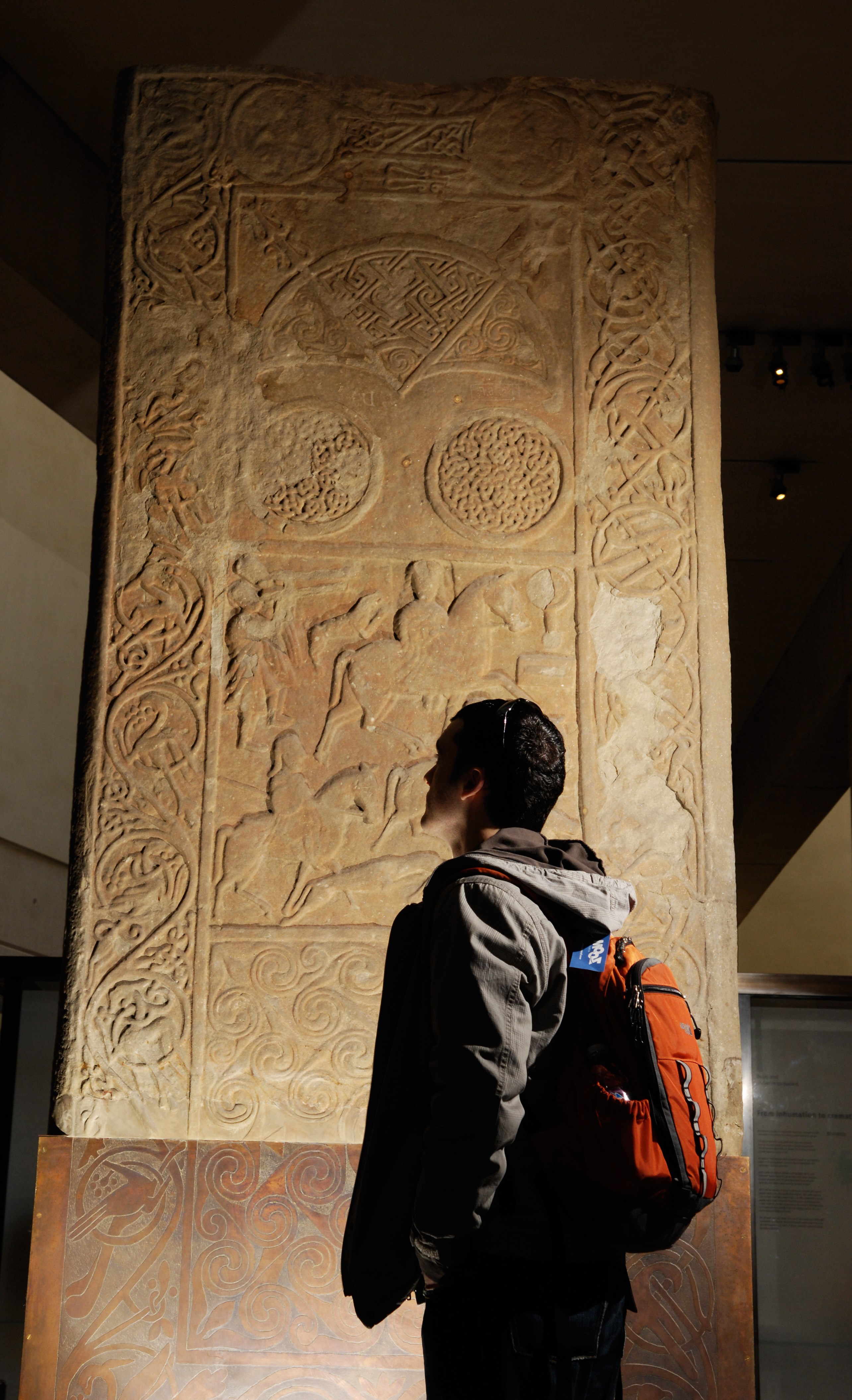
Our Scotland galleries guide you from the Palaeolithic era to the present day, from the earliest cultures to space age science, prehistory to pop culture.
View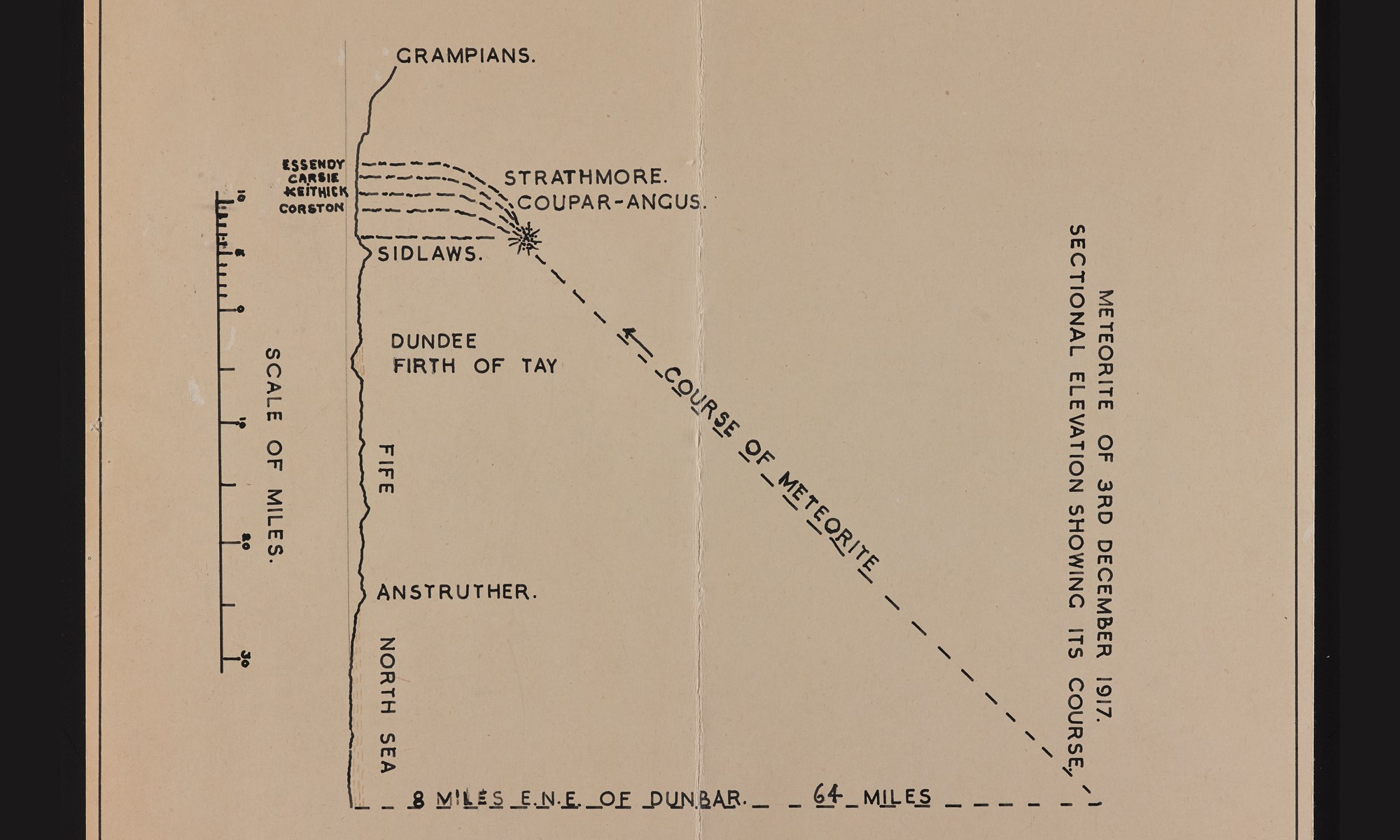
On 3 December 1917, a little after 13:00, a large fireball was seen to cross southern Scotland. A short time later, an explosion was heard and four objects were seen or heard to crash to the ground around the towns of Coupar Angus and Blairgowrie in the Strathmore area of central Scotland.
View
Celebrating the centenary of the Strathmore Meteorite, this display reunited the four fragments for the first time.
View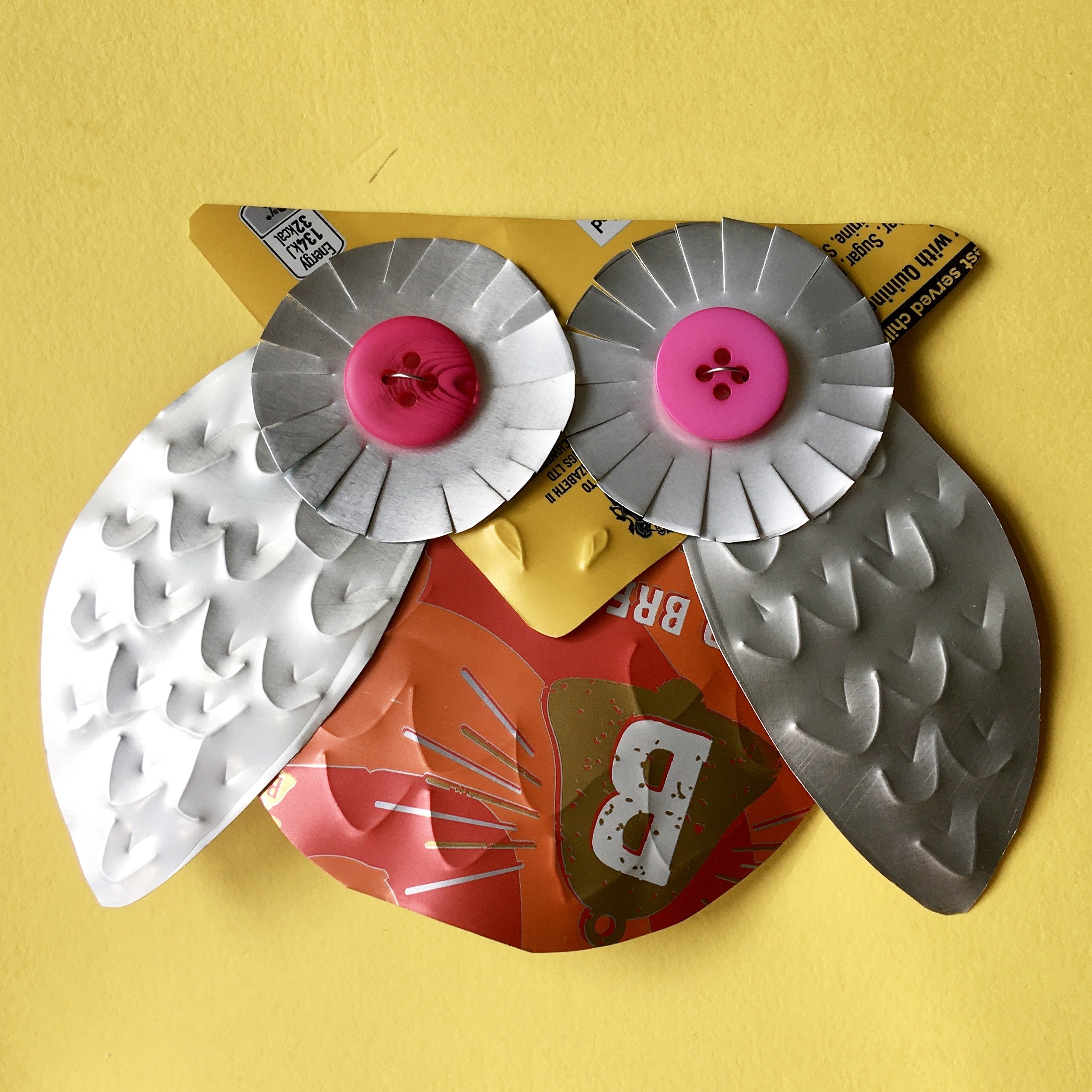
We’ve teamed up with upcycling experts Ostrero and artist Bryony Knox to create a design for a cool owl badge – made form a fizzy drinks can! Try it out today.
View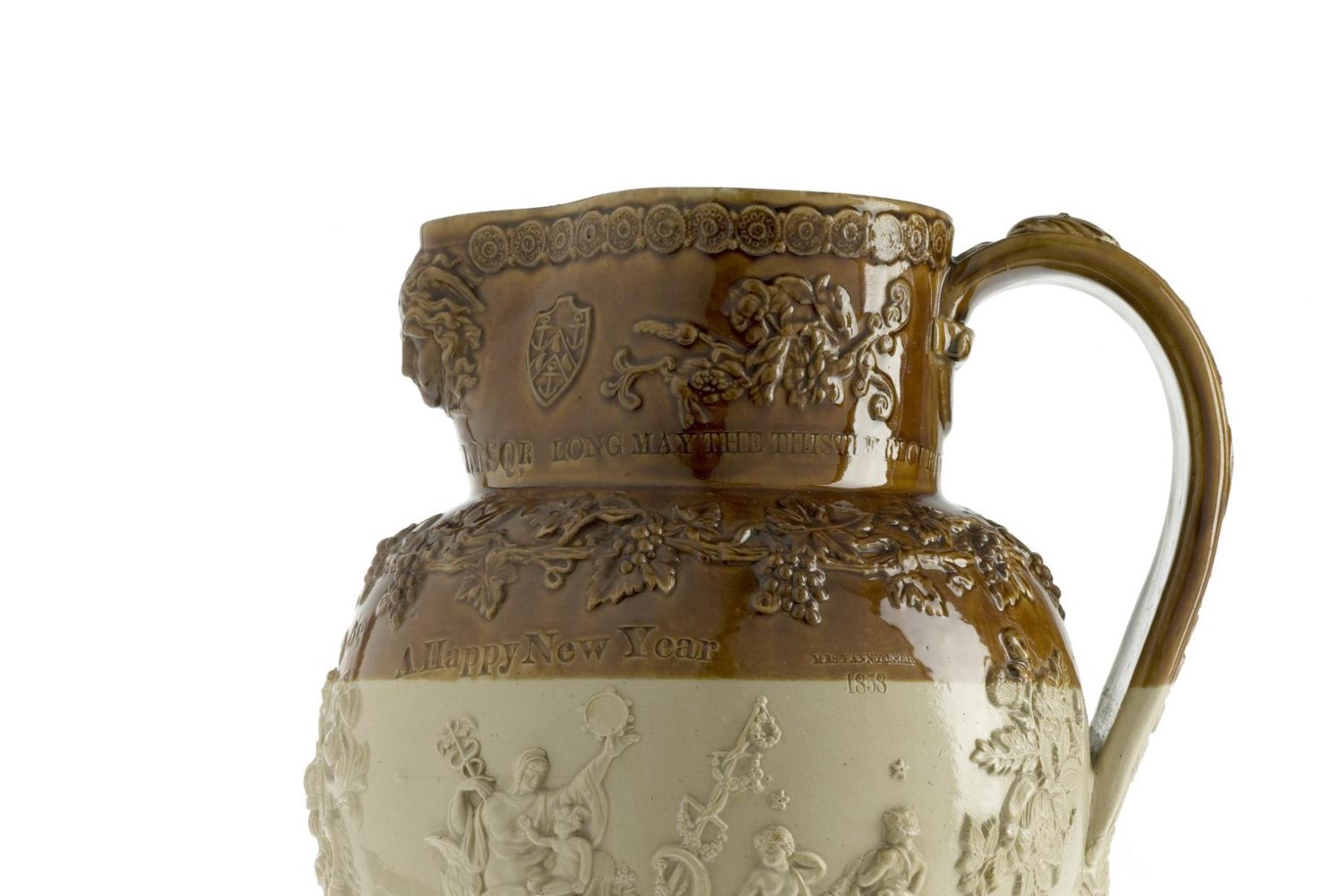
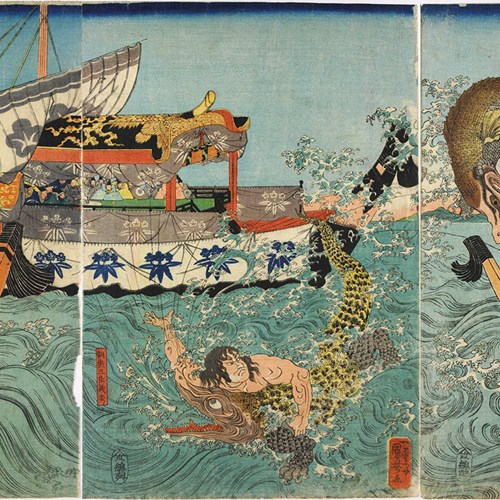
Explore highlights of our Japanese collection, from tiny netsuke to cutting edge designs, superb ceramics to Ainu artefacts.
View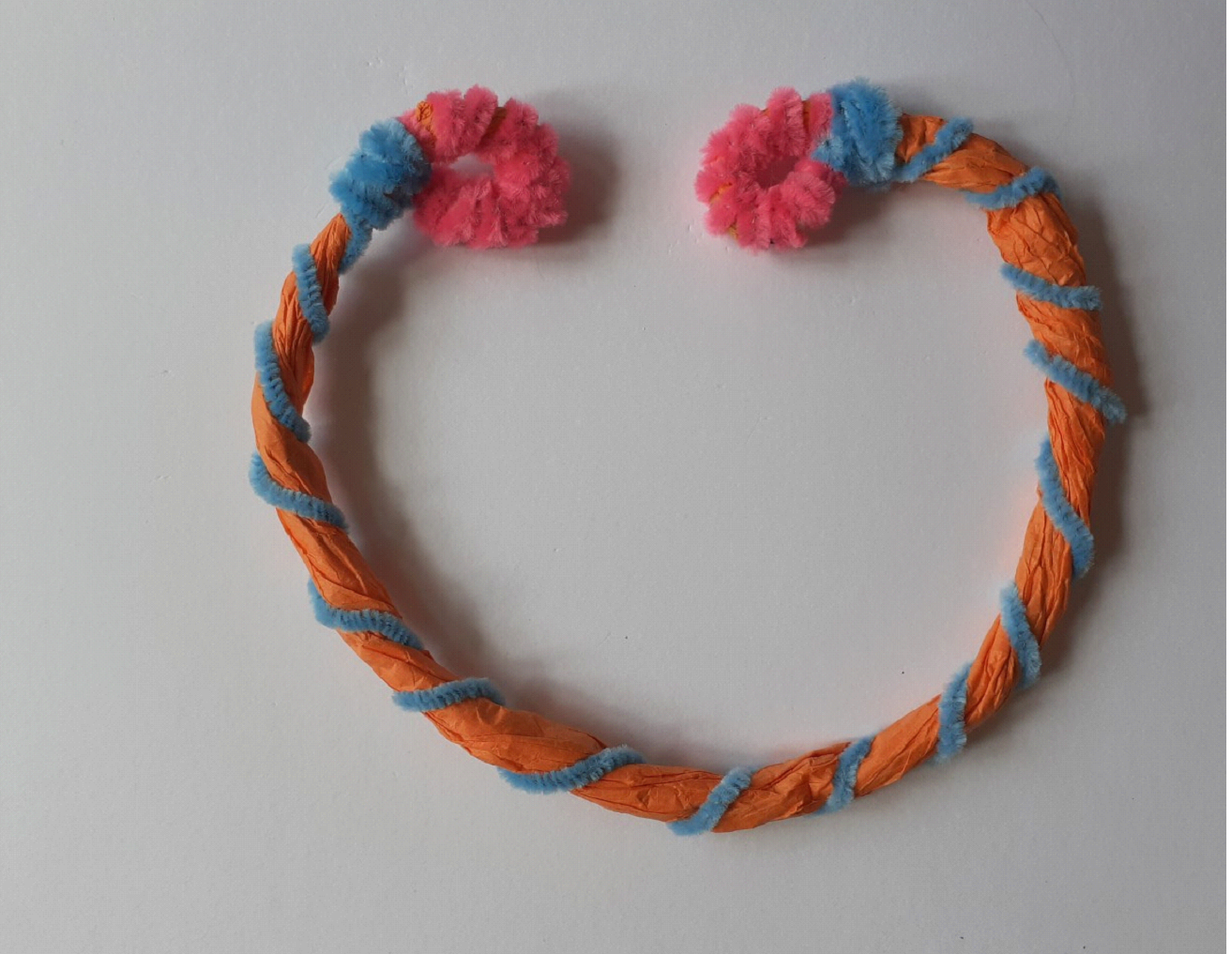
The Iron Age Celts loved to show off their wealth and importance by wearing fancy gold necklaces called torcs. Copy their look by making your own – it's blingtastic!
View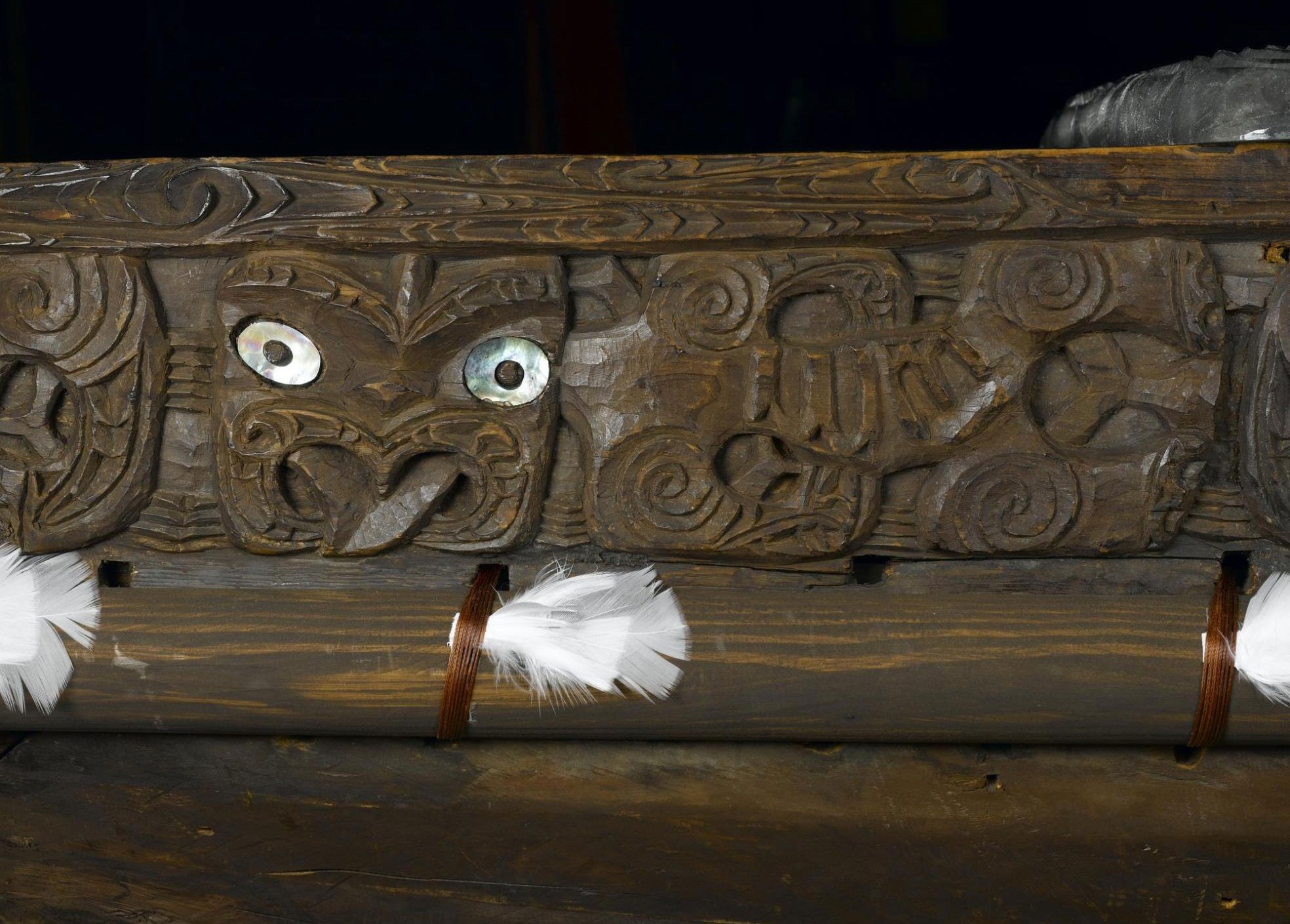
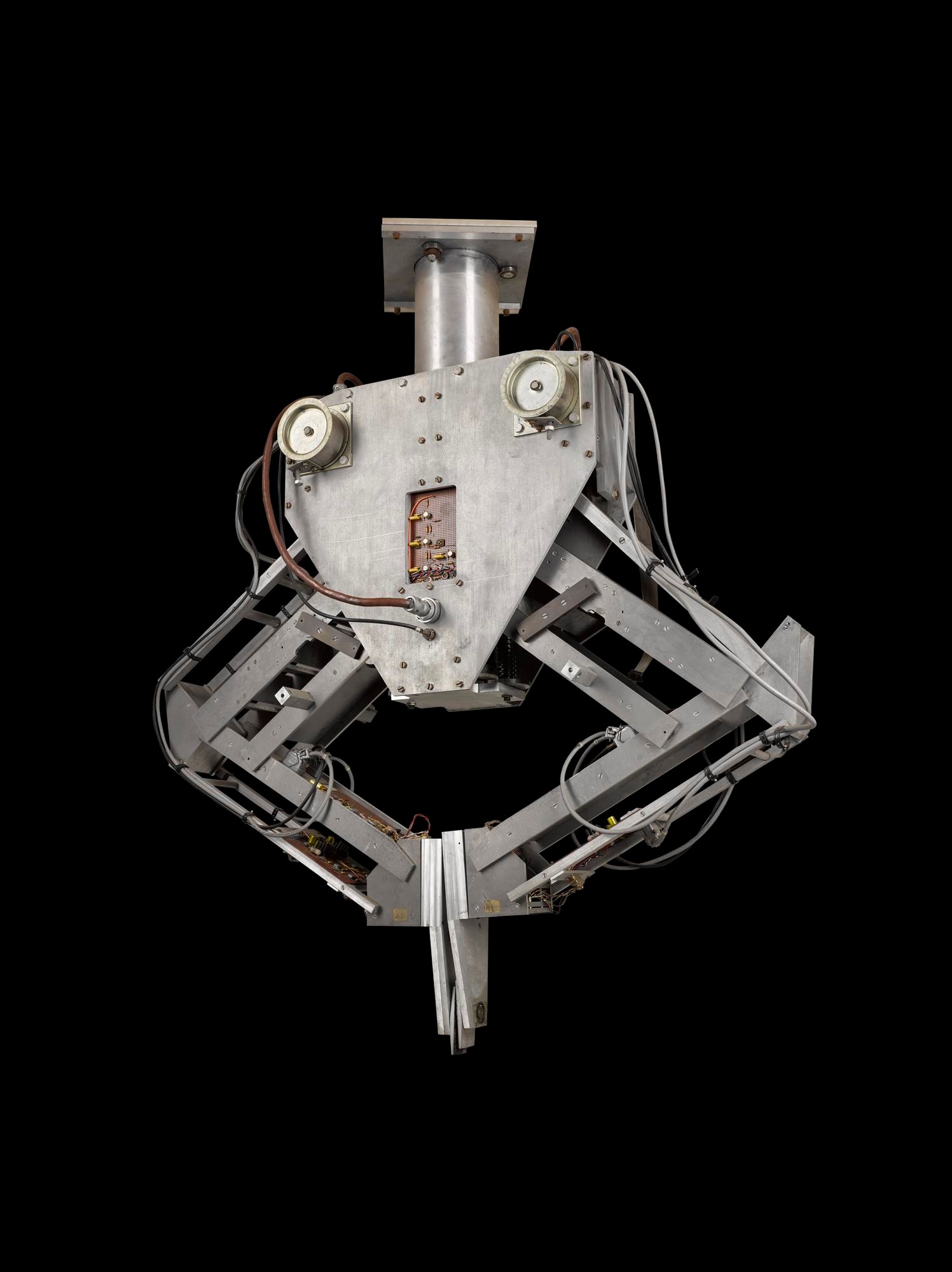
Find out about Freddy the robot developed in the 1970s at the University of Edinburgh and explore how robot technology has changed from early automota to assisting surgery and exploring Mars.
View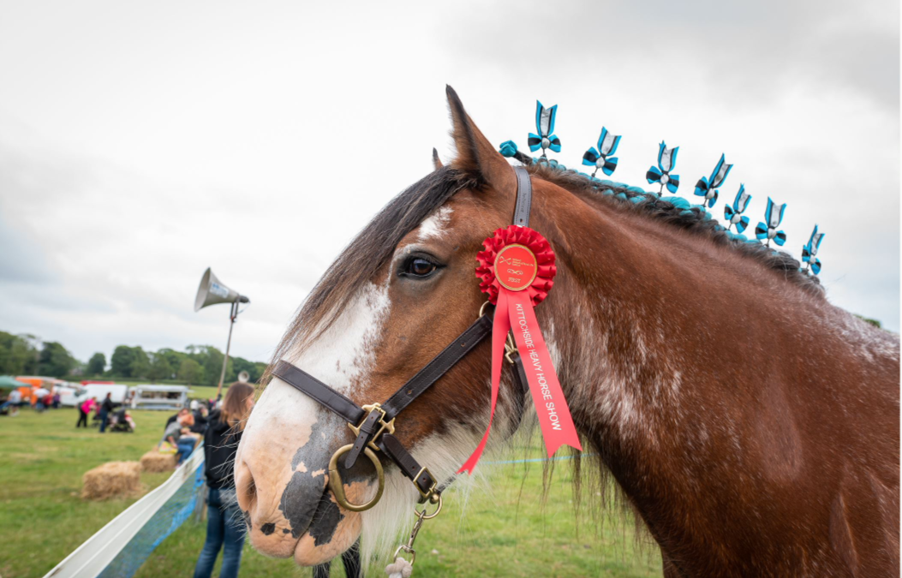
Summer is usually the season for gala days and rural shows, including our own Heavy Horse Show. Celebrate the champions you know – family, friends or even pets - by making them a personalised rosette!
View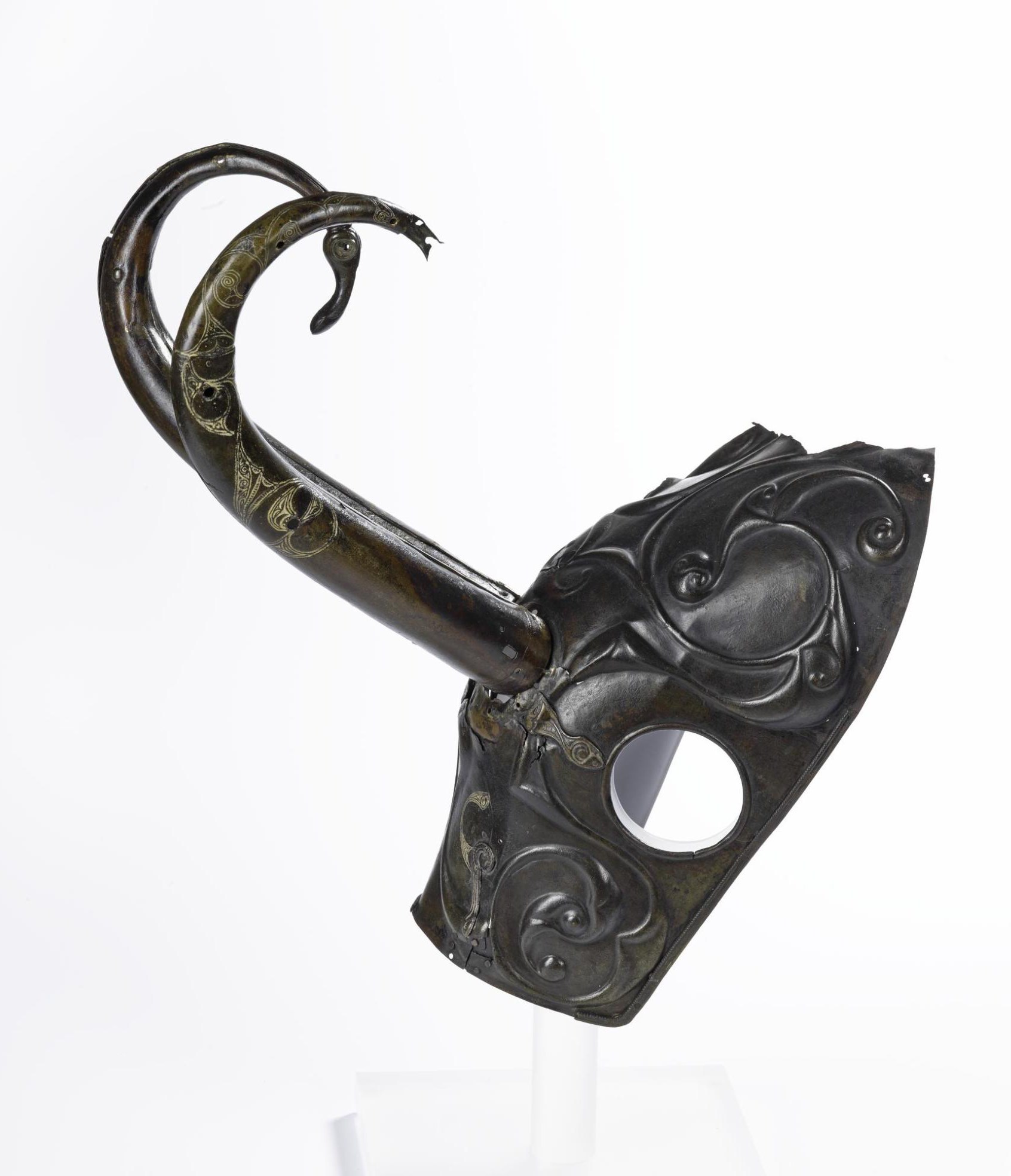
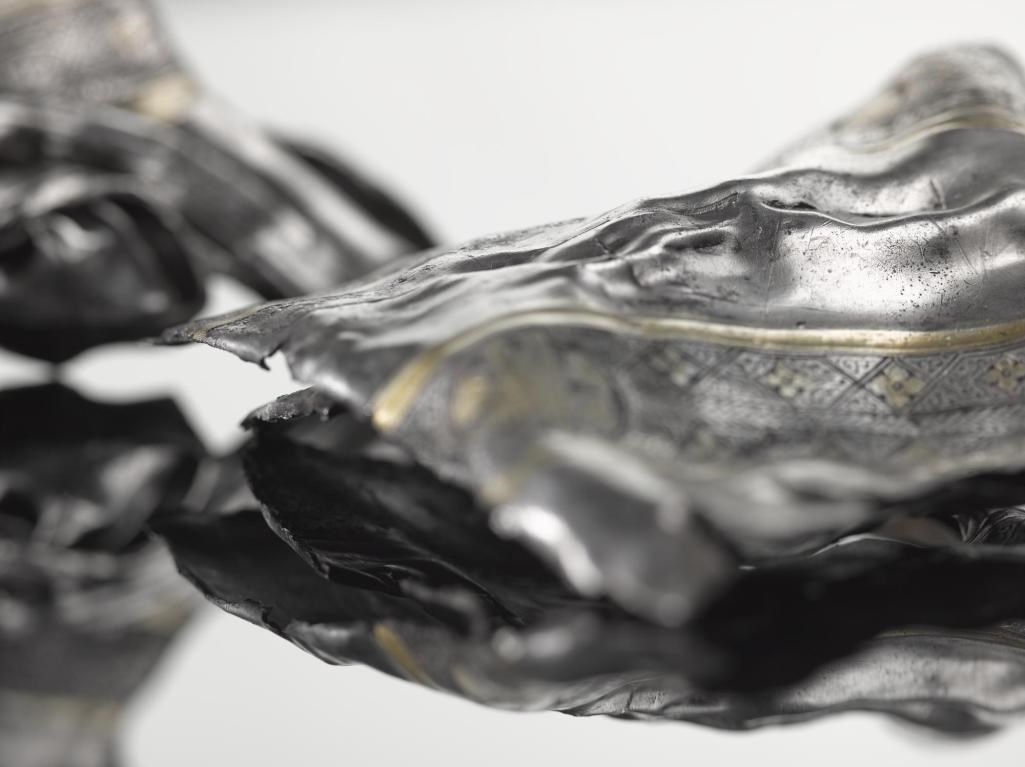
Discover the story of Scotland’s early silver and how this precious metal helped to shape the first kingdoms of Scotland.
View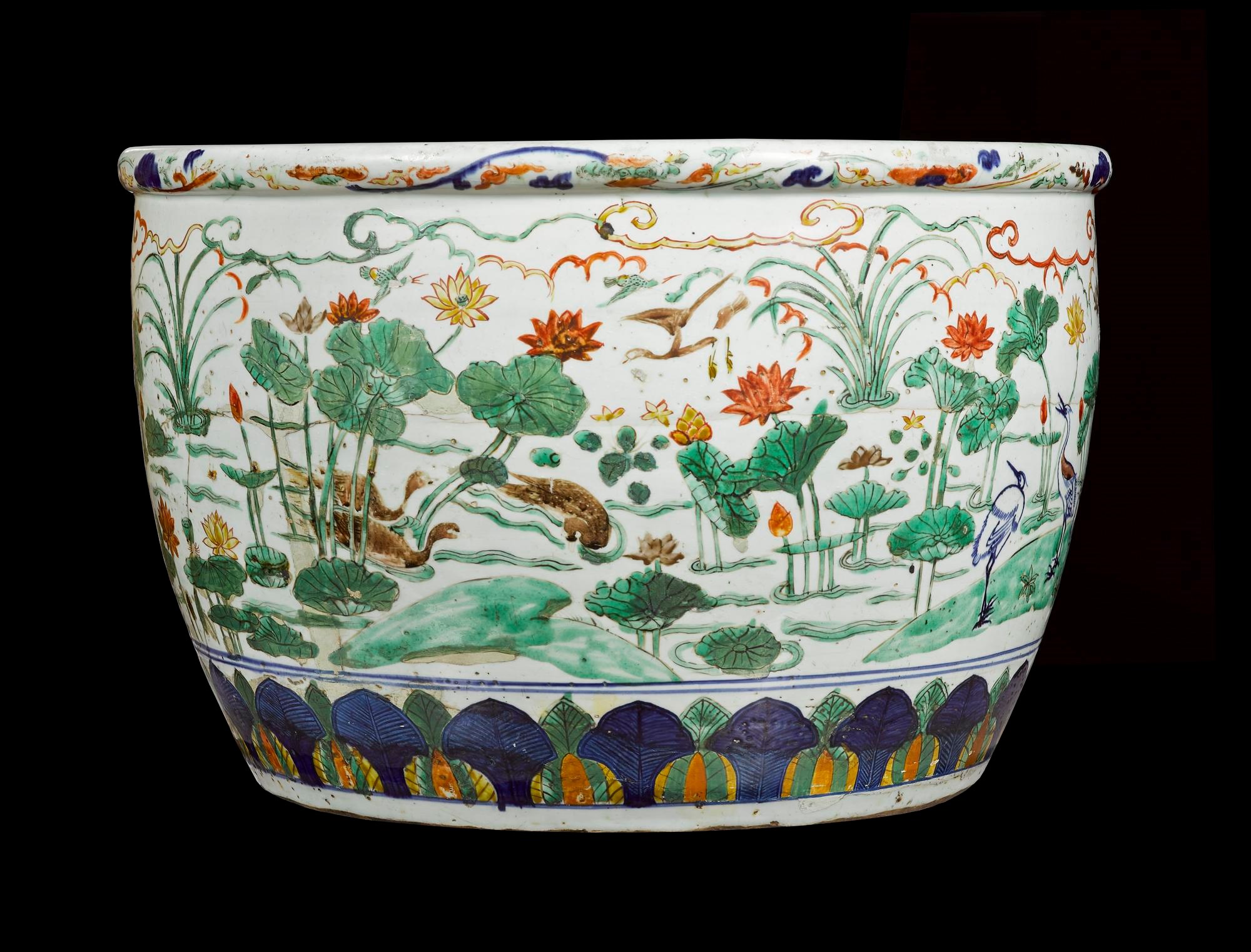
From ancient ceramics to imperial jade, oracle bones to contemporary propaganda posters, our Chinese collection spans over four thousand years and includes around 11,000 items.
View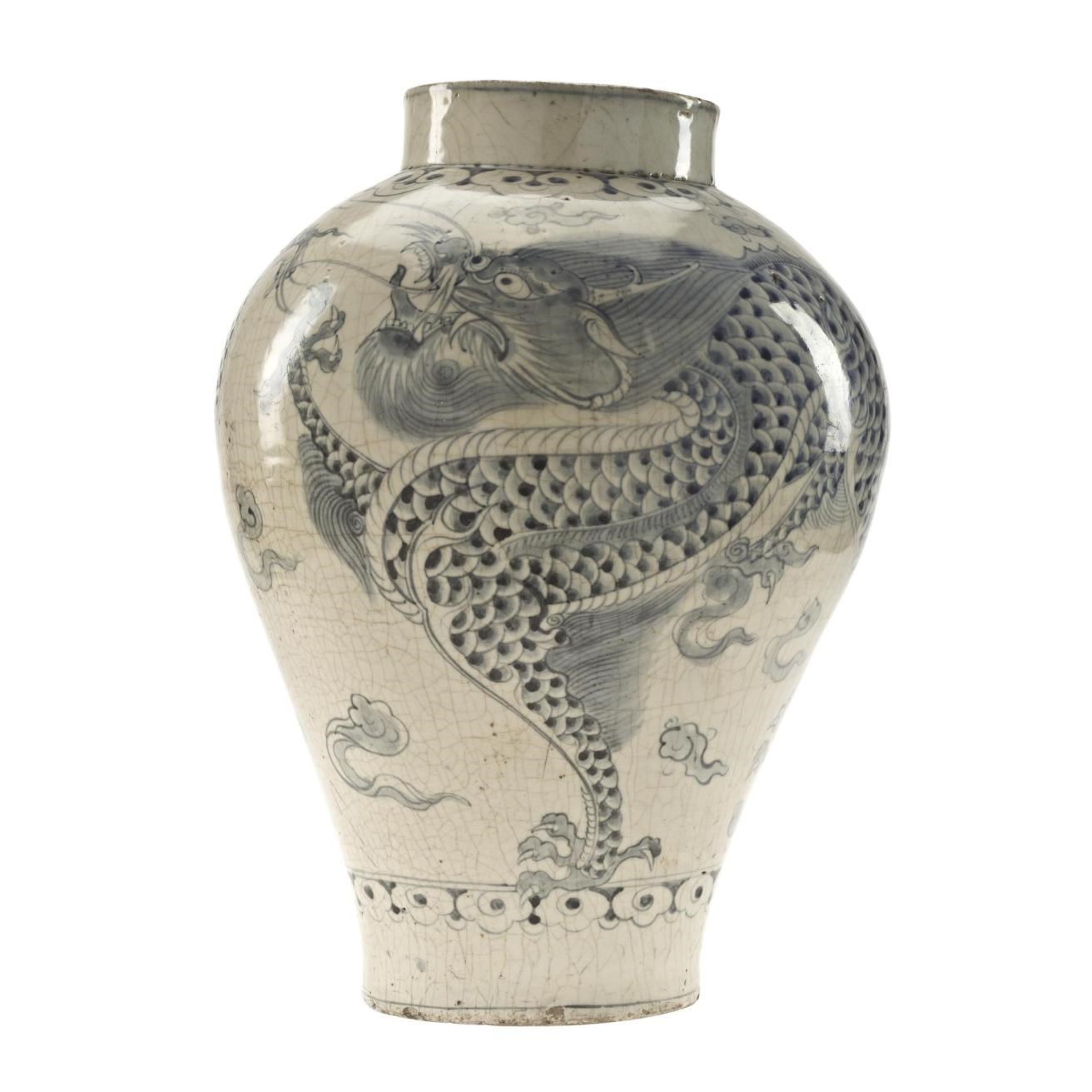
This rich collection focuses mainly on the Joseon period, Korea's last dynasty which lasted over five centuries. However, earlier periods and contemporary works are also represented in a collection that spans over 2,000 years.
View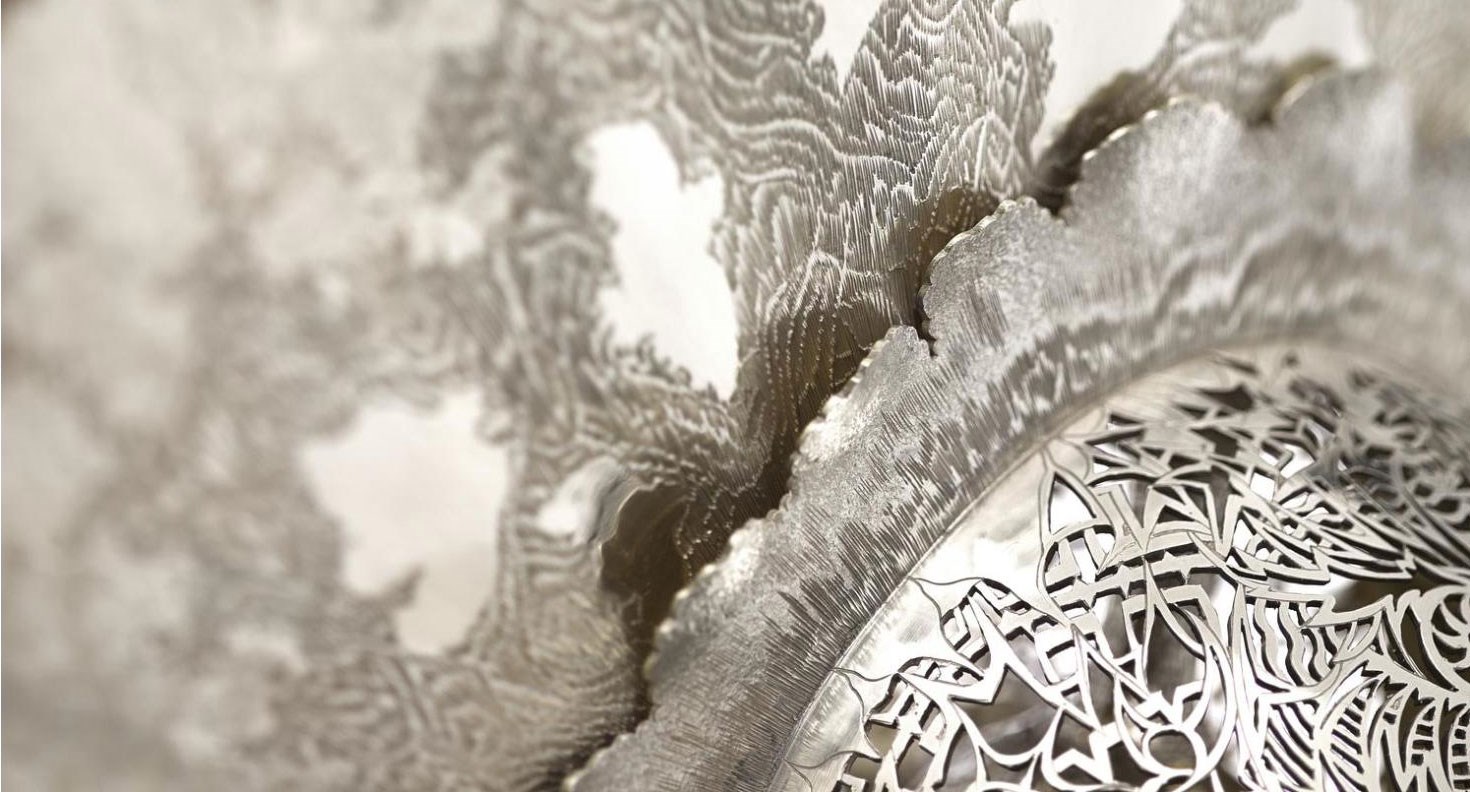
This striking ceremonial standing cup and cover was created especially for the Museum by virtuoso silversmith Malcolm Appleby.
View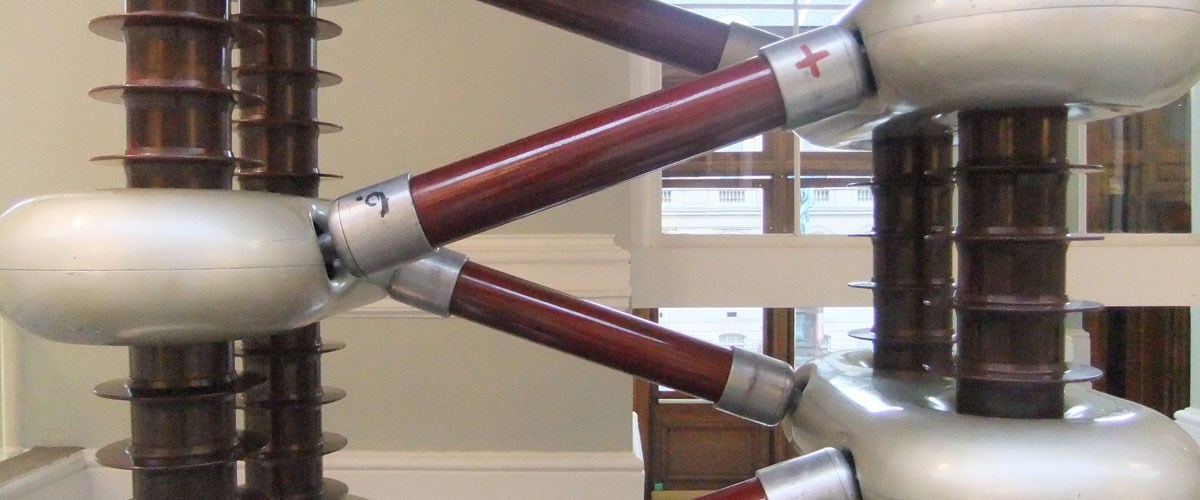
The Cockcroft-Walton generator was developed at the University of Cambridge in the early 1930s to accomplish the first artificial splitting of the atom.
View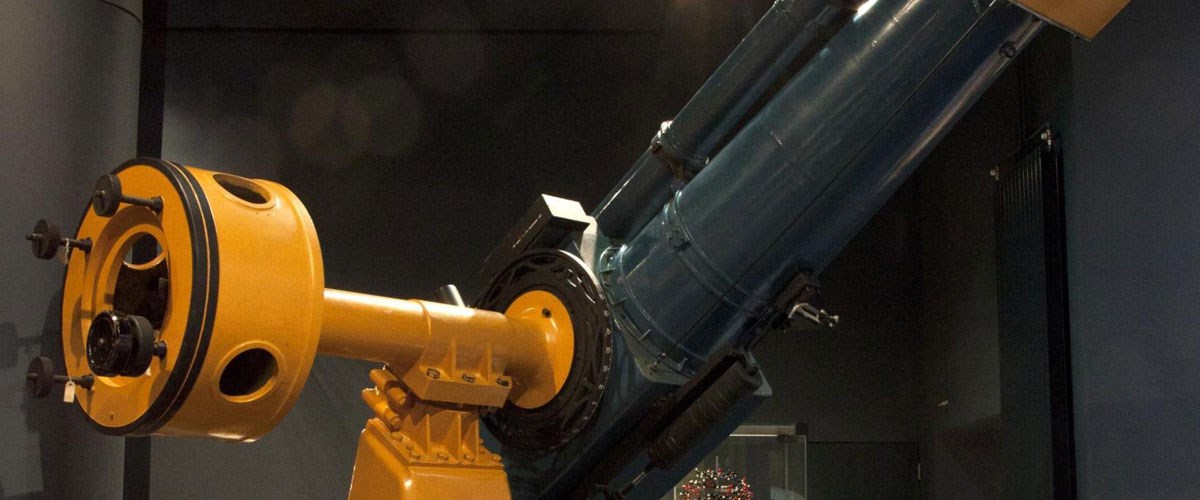
Find out how this revolutionary telescope was invented, and how it found a home at the National Museum of Scotland.
View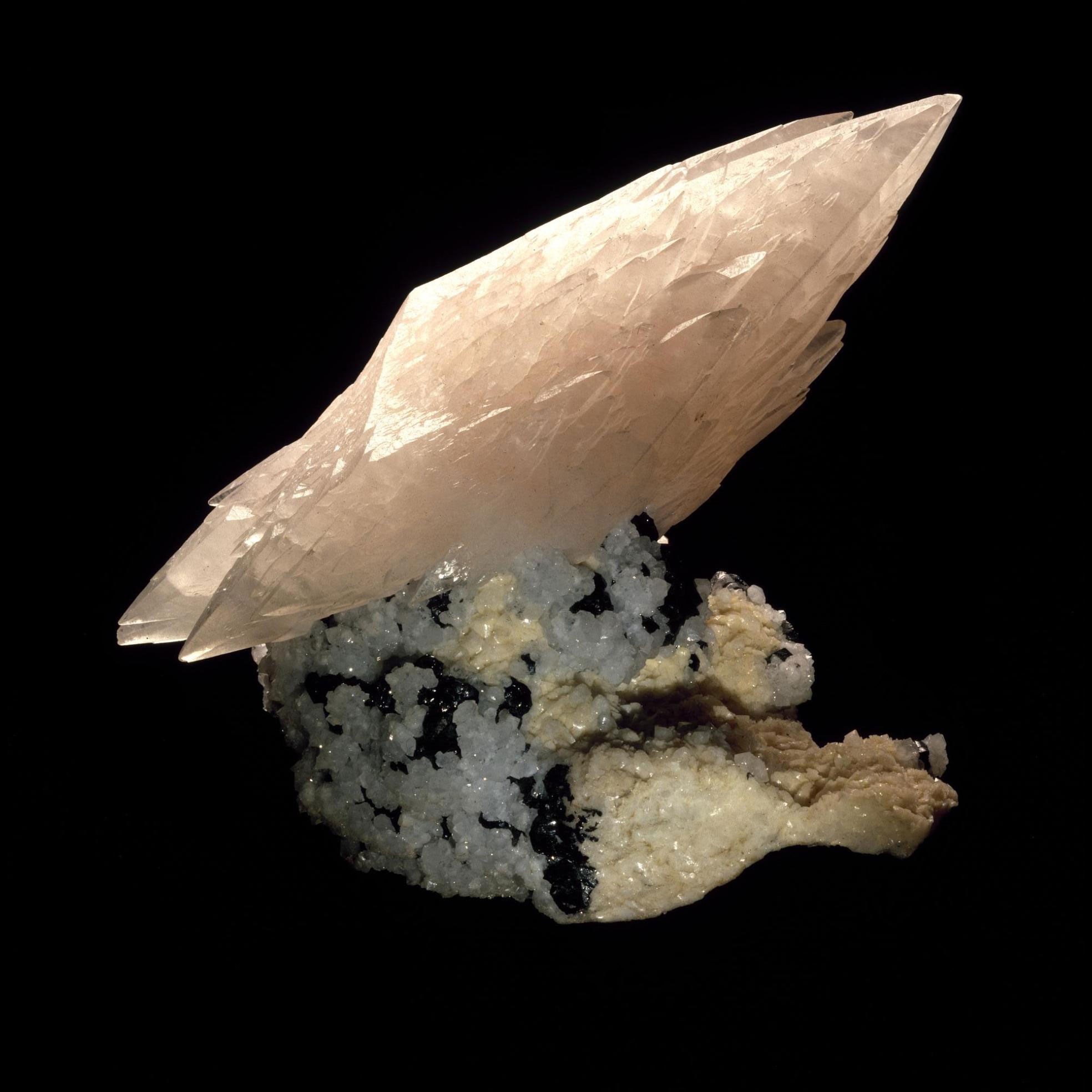
This Calcite crystal is an excellent example of a complex doubly terminated scalenohedral crystal.
View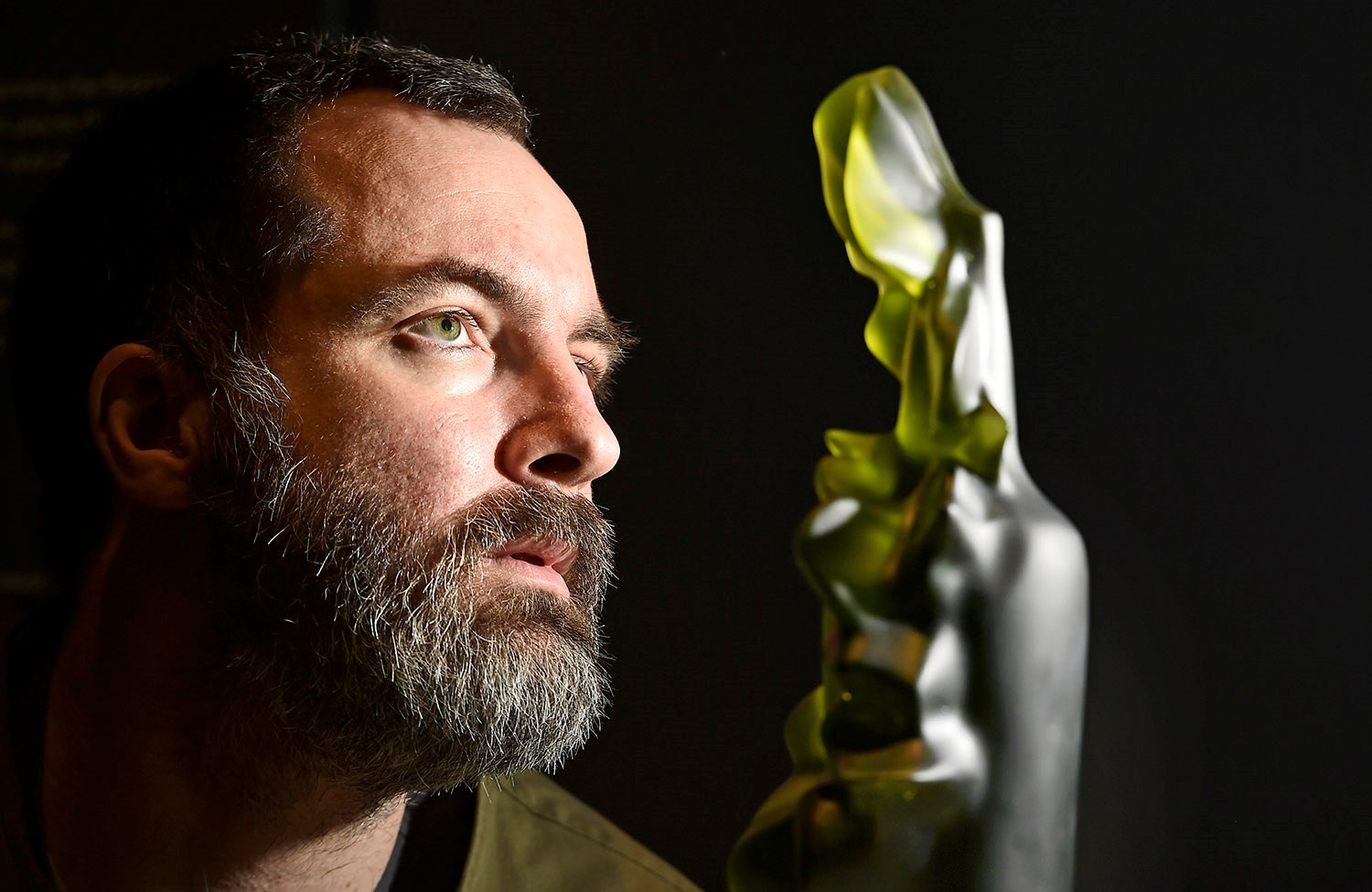
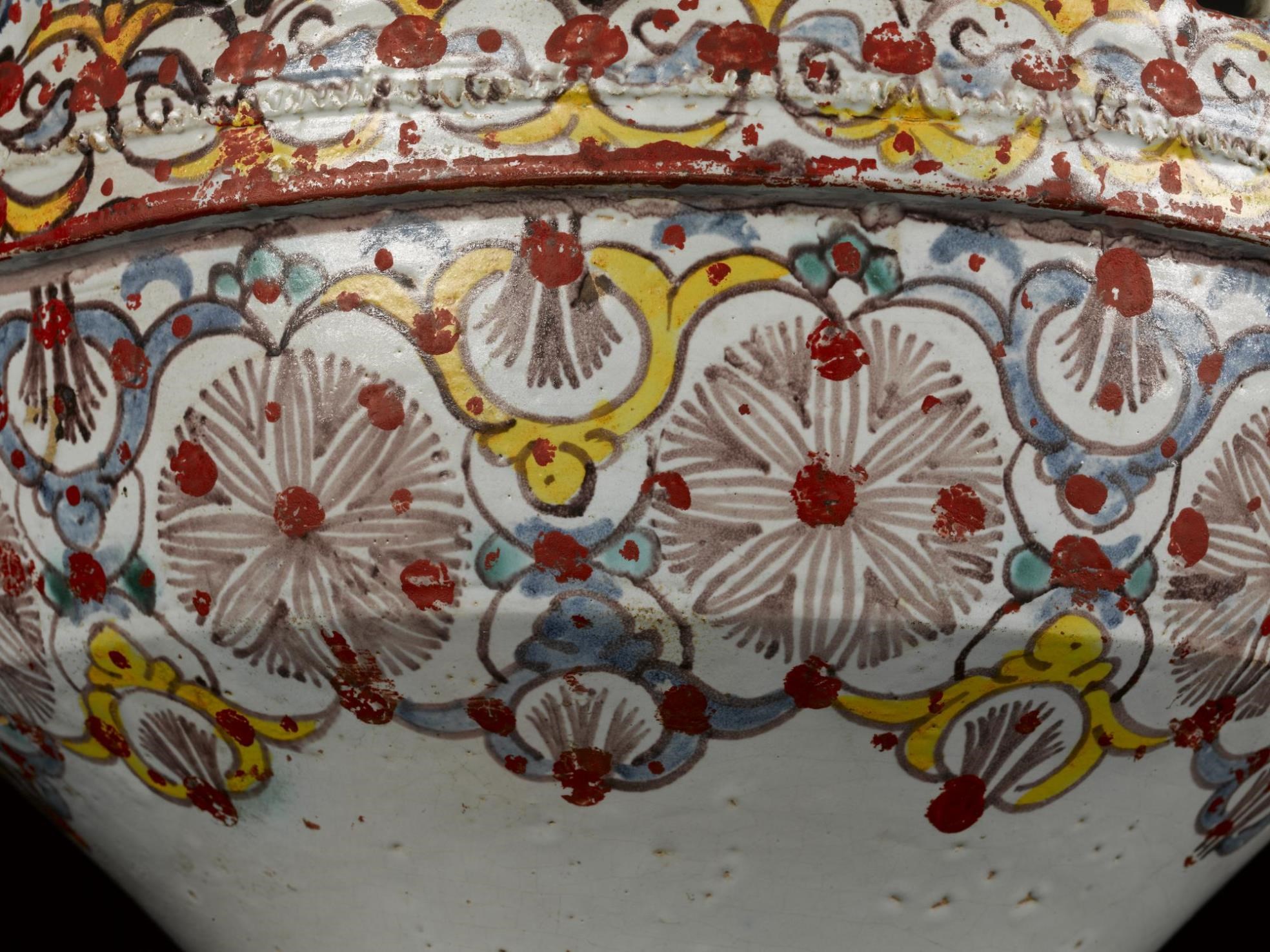
This unique water basin, shaped like a citadel, was made by Moroccan potters, probably as a diplomatic gift, in the 19th century.
View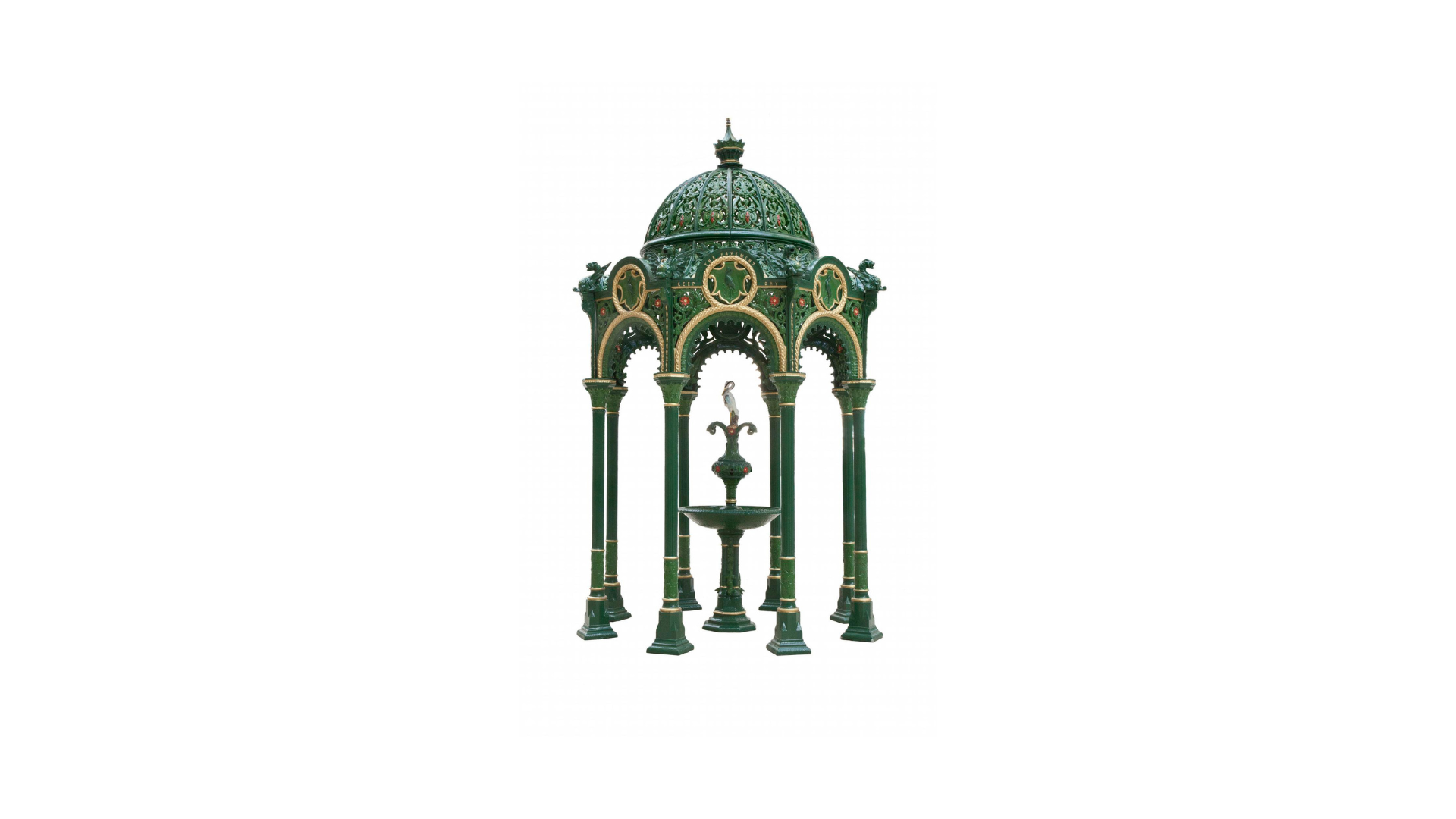
How South Asian art and design captured Victorian Britain's imagination
View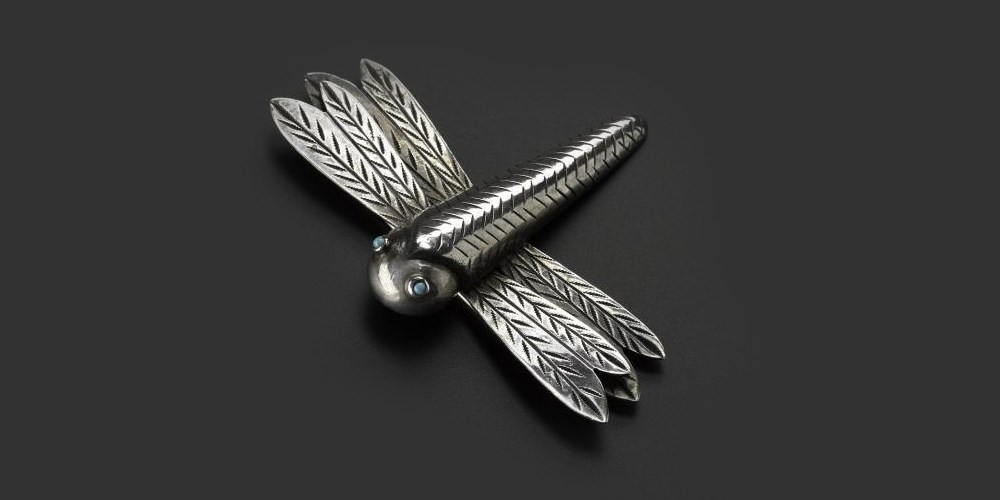
Navajo and Pueblo jewellery from the Southwest United States is denoted by its use of turquoise and silver.
View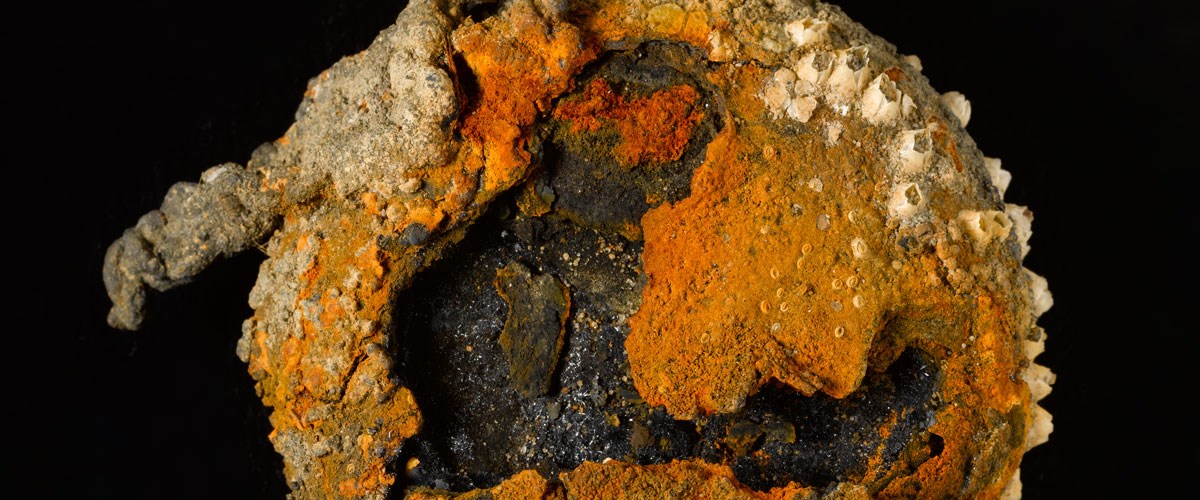
Salvaged from a shipwreck, this pocket watch has lain under water for over 300 years. But now a high-tech process has uncovered the hidden secrets of this rusty artefact.
View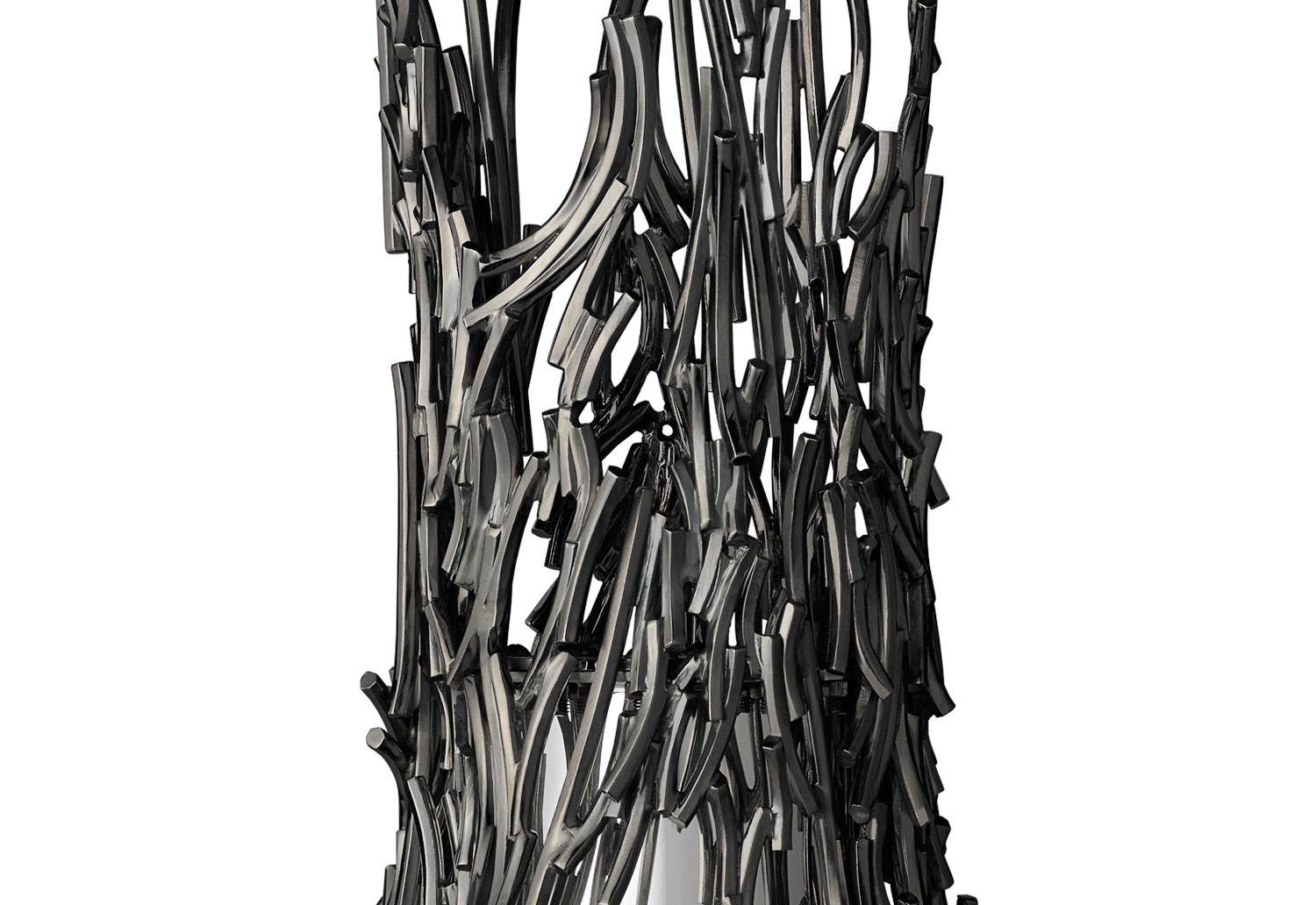
This beautiful piece was commissioned from Scottish silversmith Hamish Dobbie by the P&O Makower Trust for the Making and Creating gallery.
View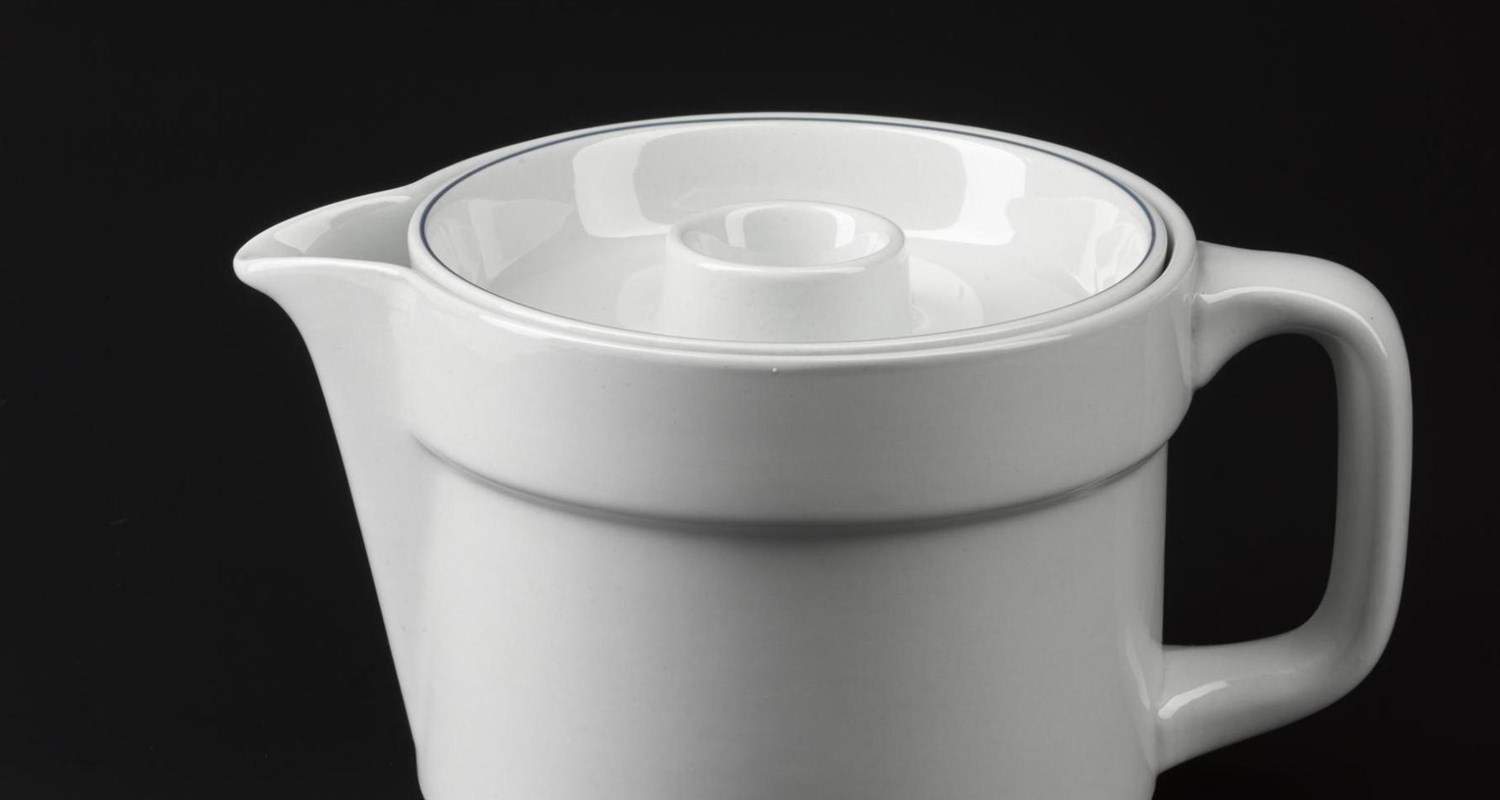
Named for the fine blue line that runs along the edges of the light grey faience, and received the inaugural Danish Industrial Design Prize (ID) in 1965.
View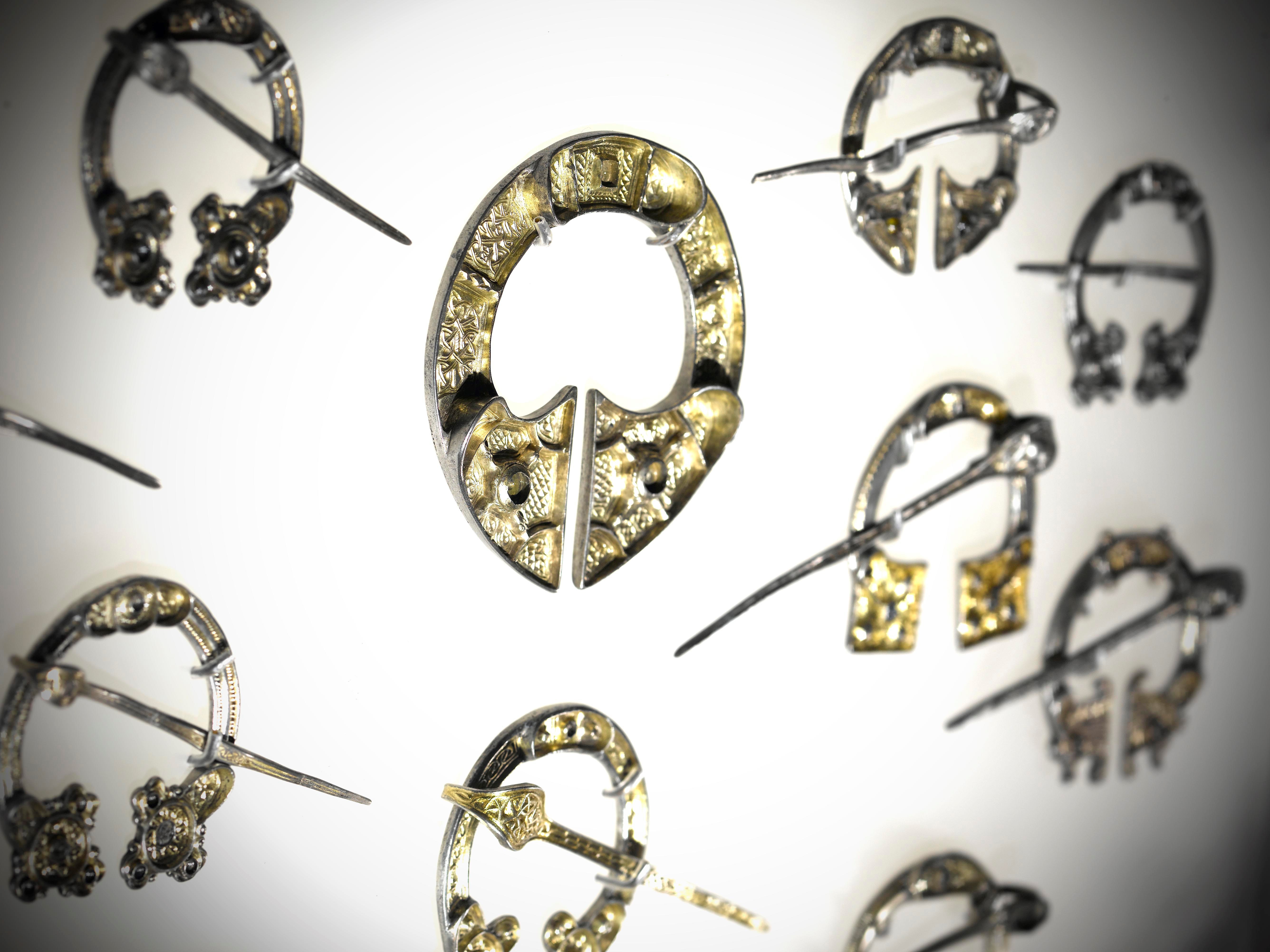
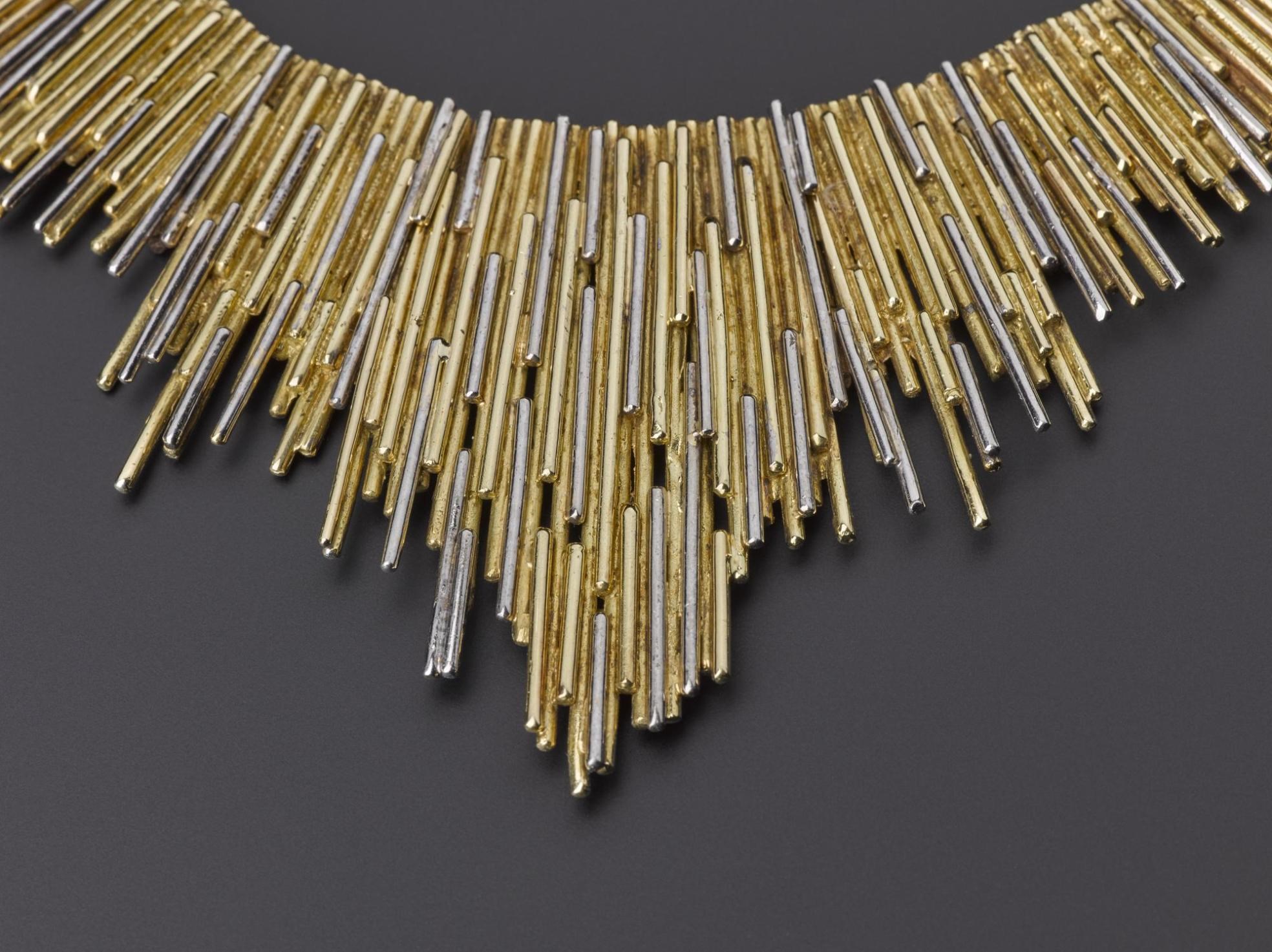
Charles de Temple was a pioneer in the method of melting and transforming gold into abstract forms.
View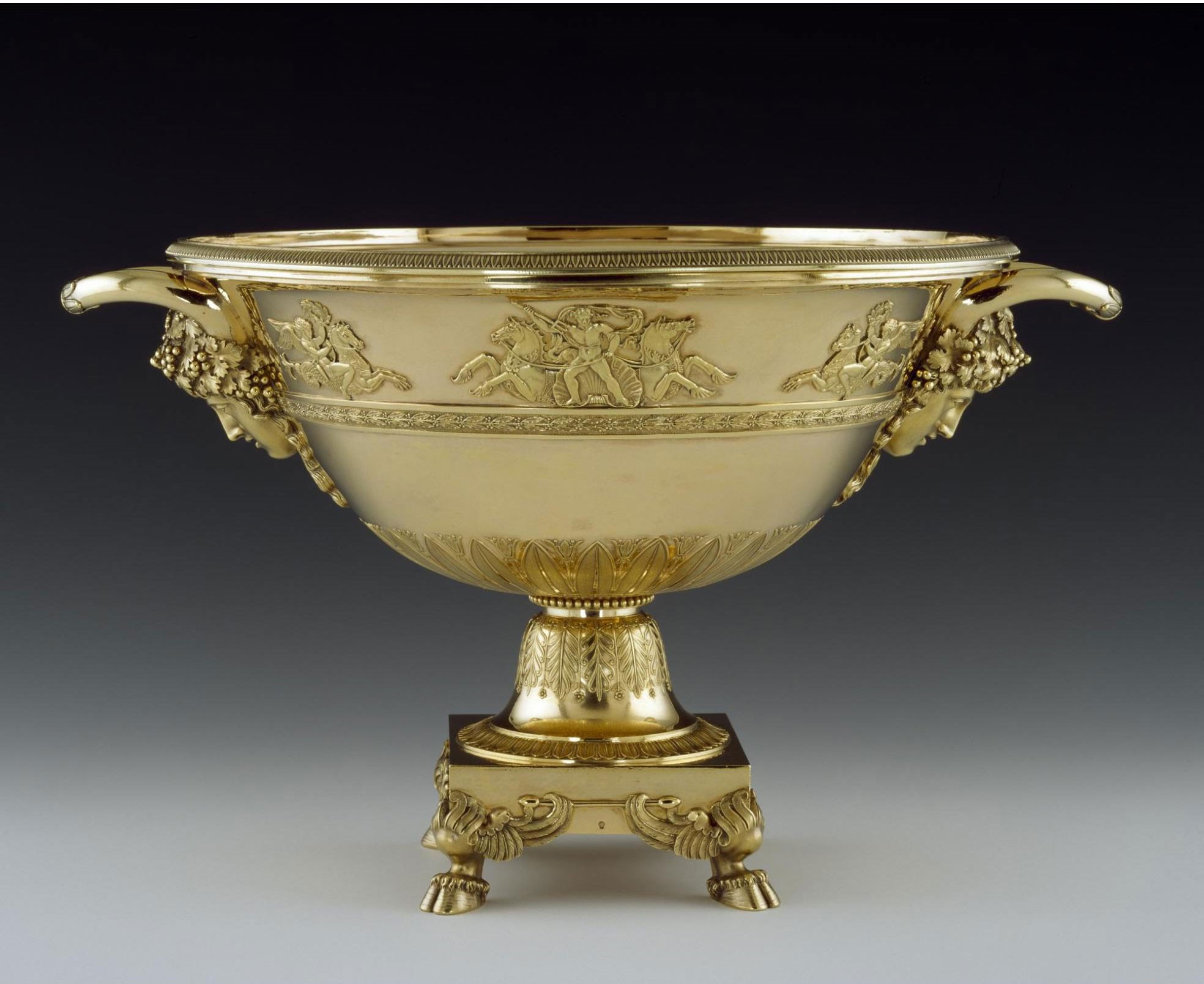
This great silver-gilt tea service was created for the Emperor Napoleon and his second wife, the Archduchess Marie-Louise of Austria, shortly after their wedding in 1810.
View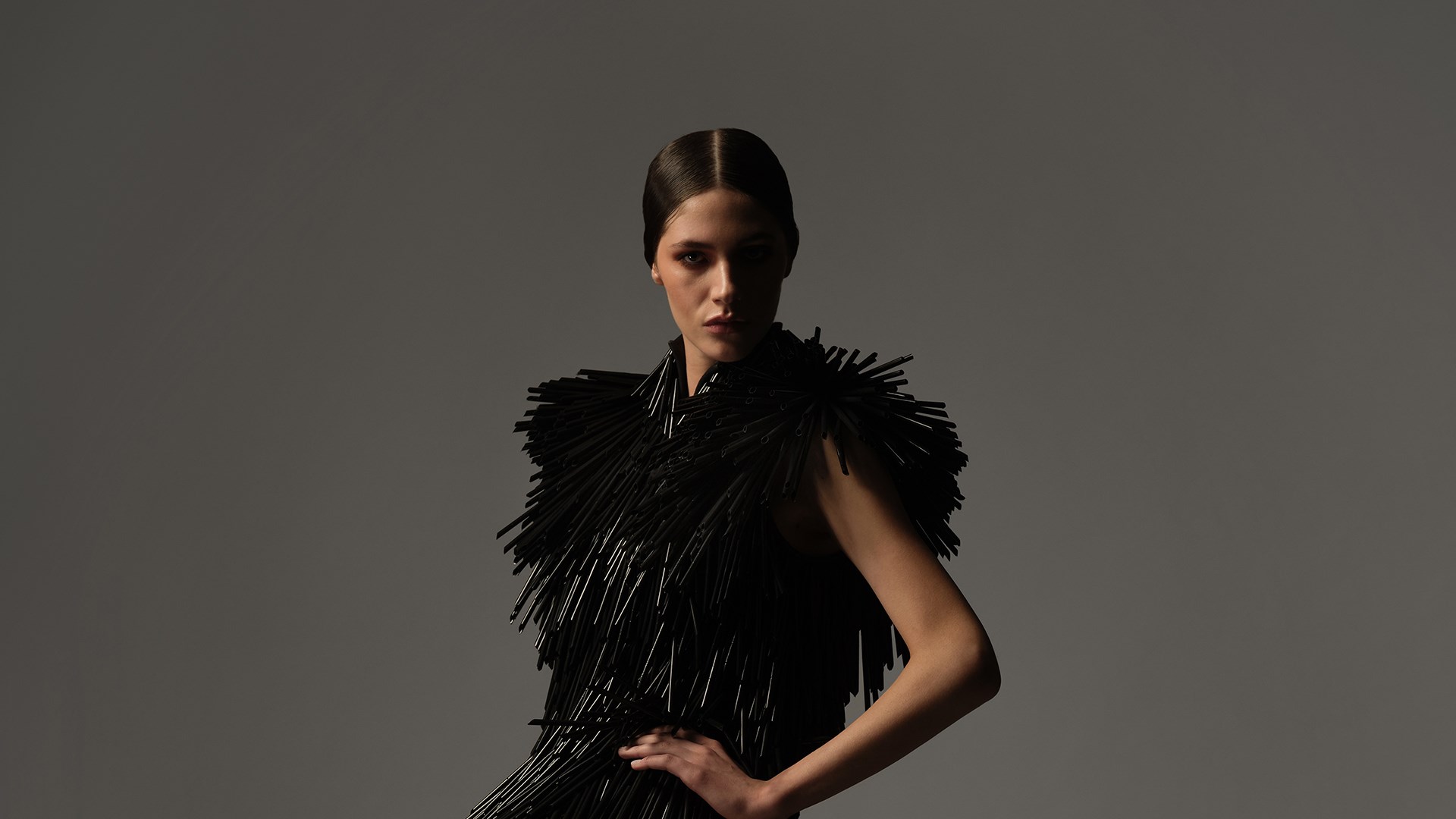
This exhibition explored design classics to cutting-edge catwalk creations, Beyond the Little Black Dress deconstructs this iconic garment and examines the radical power of the colour black in fashion.
View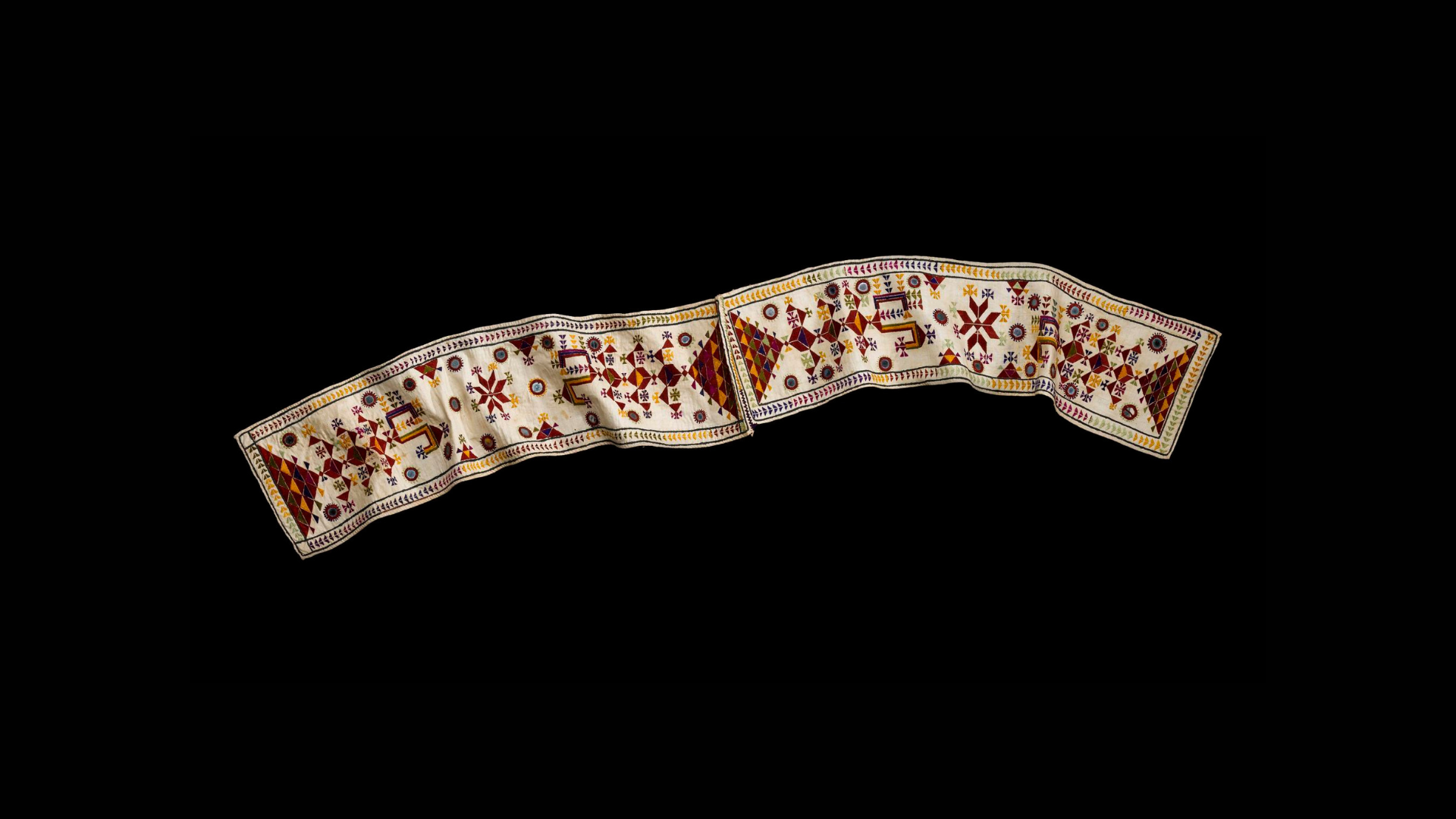
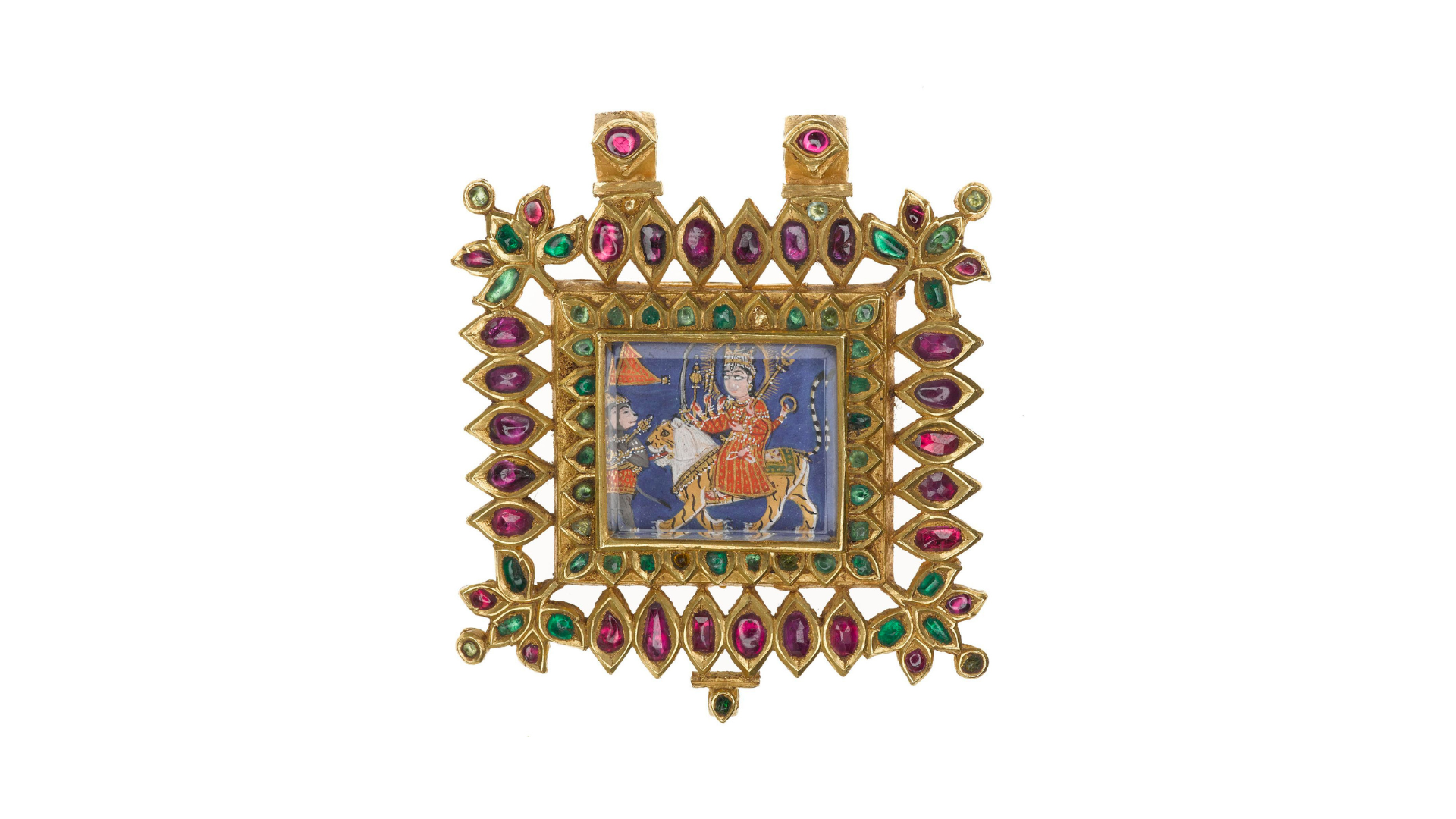
Identity and belonging: reflections by Sikh Indians on the Maharaja Duleep Singh collection
View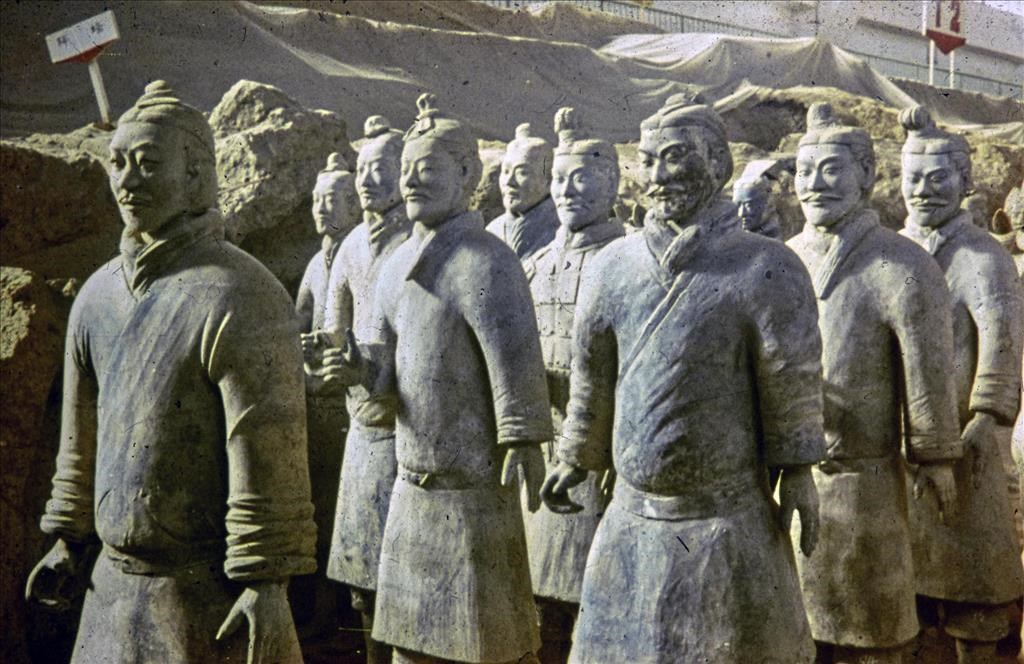
The Ann Paludan Photographic Archive consists of more than 10,000 photographsof historical Chinese sculptures, and represents over thirty years of site visits and research by writer and art historian Ann Paludan (1928–2014).
View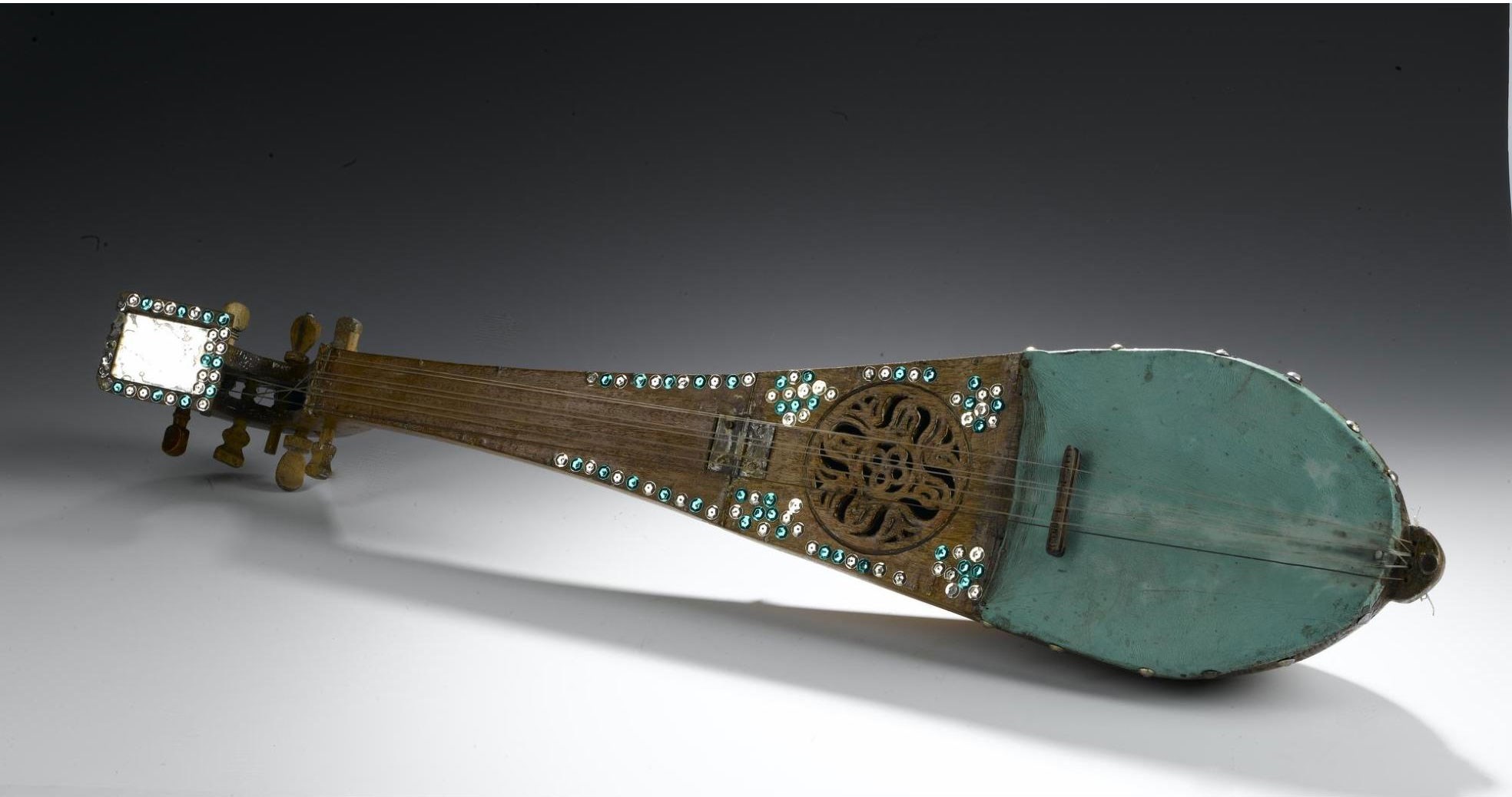
Delve into the diverse collection of pioneering ethnomusicologist Jean Jenkins.
View